This trekking course starts from JR Nagiso Station , follows the Nakasendo , and walks from Tsumago- juku to Magome -juku. You can enjoy two of famous Nakasendo post towns and a well-preserved old route between these two. Many parts of the old Nakasendo highway in this section are off tarmac road. Two post towns remind us the traditional atmosphere Nakasendo, making it a popular hiking trail.
Most people just walk between Tsumago-juku and Magome-juku, but it is also a fun to walk between Tsumago-juku and JR Nagiso Station, so we recommend it.
If you like to take a guided tour of Tsumago-Magome, please contact us from here. For the variation of Tsumago-Magome tours, please see this page.
Click here for a map of this course .
This hiking trail is physically easier if you start walking from Magome-juku because it is mostly downhill slope. That’s why many people start walking from Magome-juku. However, the number of trains departing from JR Nagiso Station, which is the closest to Tsumago-juku, is quite limited depending on the time of day. There is one bus from Magome-juku to JR Nakatsugawa station, where limited express trains stop, every hour even on weekdays, and there are quite a few trains from Nakatsugawa station to Nagoya. So considering the convenience of transportation, it is better to start walking from Tsumago-juku.
The highlights of the course
After leaving JR Nagiso Station, head south along the JR Chuo Line for a while. Basically, walk on the tarmac road until Tsumagojuku. SL Park is located, just before the road enters the forest. The steam locomotive D51, which was once used on the JR Chuo Line, is on display.

At the side of the SL Park, the road from JR Nagiso Station joins the old Nakasendo. If you go to the far right, you will reach Midono -juku .
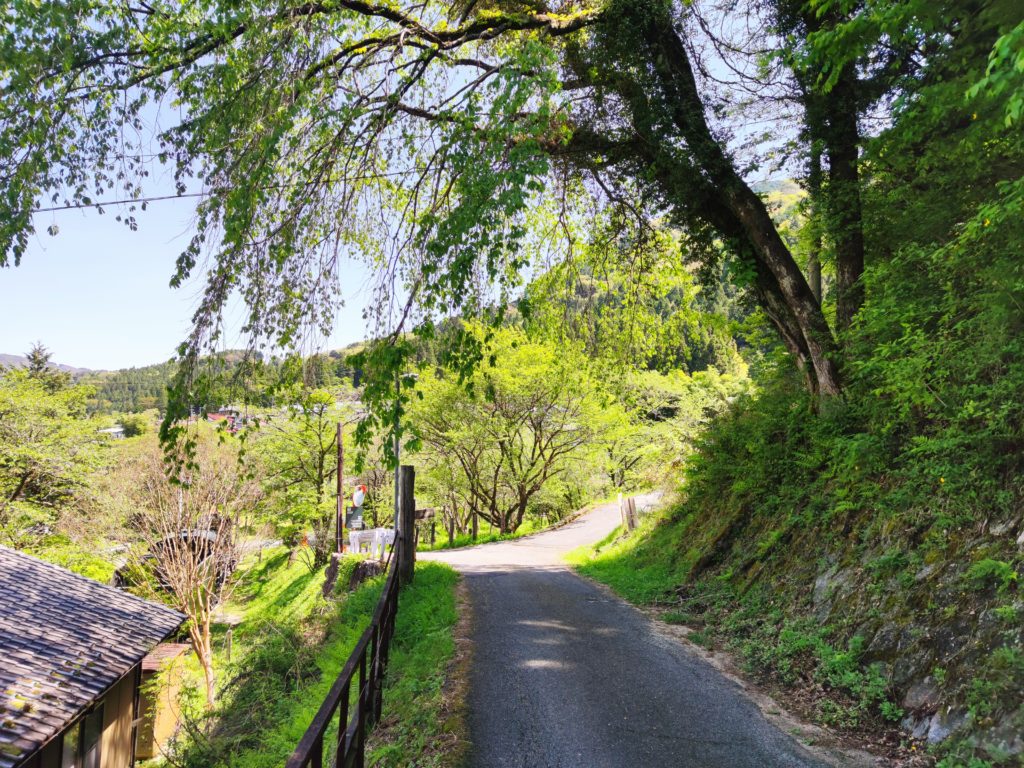
There are elegant old houses on the side of Nakasendo. It’s not just in the post stations that have are lined with traditional houses.

After walking for a while, Kabutokannon. Kabutokannon is said to have originated from the fact that when Minamoto no Yoshinaka (Kiso Yoshinaka) went up to Kyoto in 1180, he enshrined the Kannon image of his samurai helmet here. There is also a stone that Yoshinaka sat down. There used to be a “sleeve-swinging pine” that Tomoe Gozen (wife of Yoshinaka) used to shave off its branches with her sleeves, but the pine tree seems to have died.
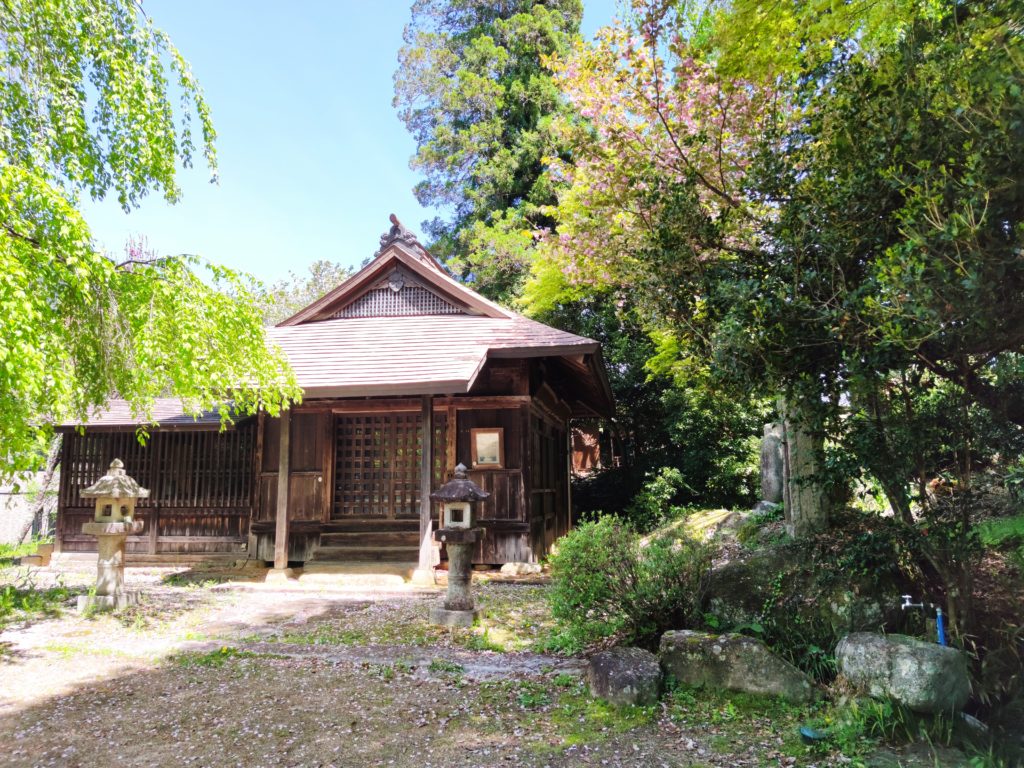
If you walk in the relaxing mountain village scenery, you will soon find Kamikubo Ichiritsuka. There are mounds on both sides.
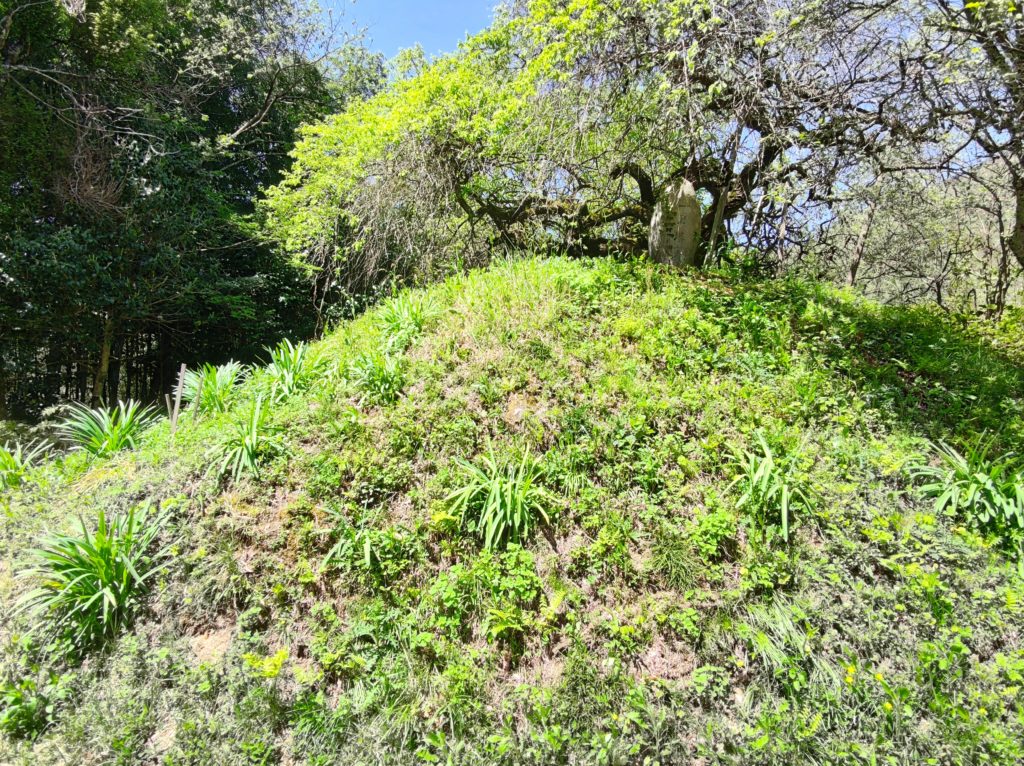
Beyond that is Ryokan’s poem statue. Ryokan is a Buddhist priest in the Edo period, and he has made two poems when he passed through Nakasendo Kiso Road. The monument says, “It’s dusk, and I’m feeling somewhat sad, I feel a sense of melancholy in the dusk, and a stag is crying out for his wife.”

After a while, you will see a signpost that says “Henbiishi” (meaning snake stone). I passed by without knowing where the snake stone was, but it seems that it is a large stone on the left side that went a little toward Tsumago from this signpost.

After passing almost ruined teahouse Shiroyama Chaya, there is a path leading to the ruins of Tsumago Castle. Tsumago Castle is said to have been built by Yoshinaka Kiso, but it is probably just a legend. It is unknown who actually built this castle, but it seems that a castle was built by the middle of the Muromachi period. The castle owner during the Sengoku period was Yoshimasa Kiso, and Mr. Kiso called himself a direct descendant of Yoshinaka Kiso. Yoshimasa Kiso was originally attached to Takeda Clan in Kai, but turned over to Nobunaga Oda in 1582. In the battle of Komaki and Nagakute in 1584, at first he belonged to Ieyasu Tokugawa, but he turned over to Hideyoshi Toyotomi later. He repelled Tokugawa’s Sadatoshi Suganuma, Hoshina Masanao, and Yoritada Suwa who attacked Tsumago Castle.
In Tsumago Castle, the remains of dobashi (earthen bridge) and enclosure are relatively well maintained.
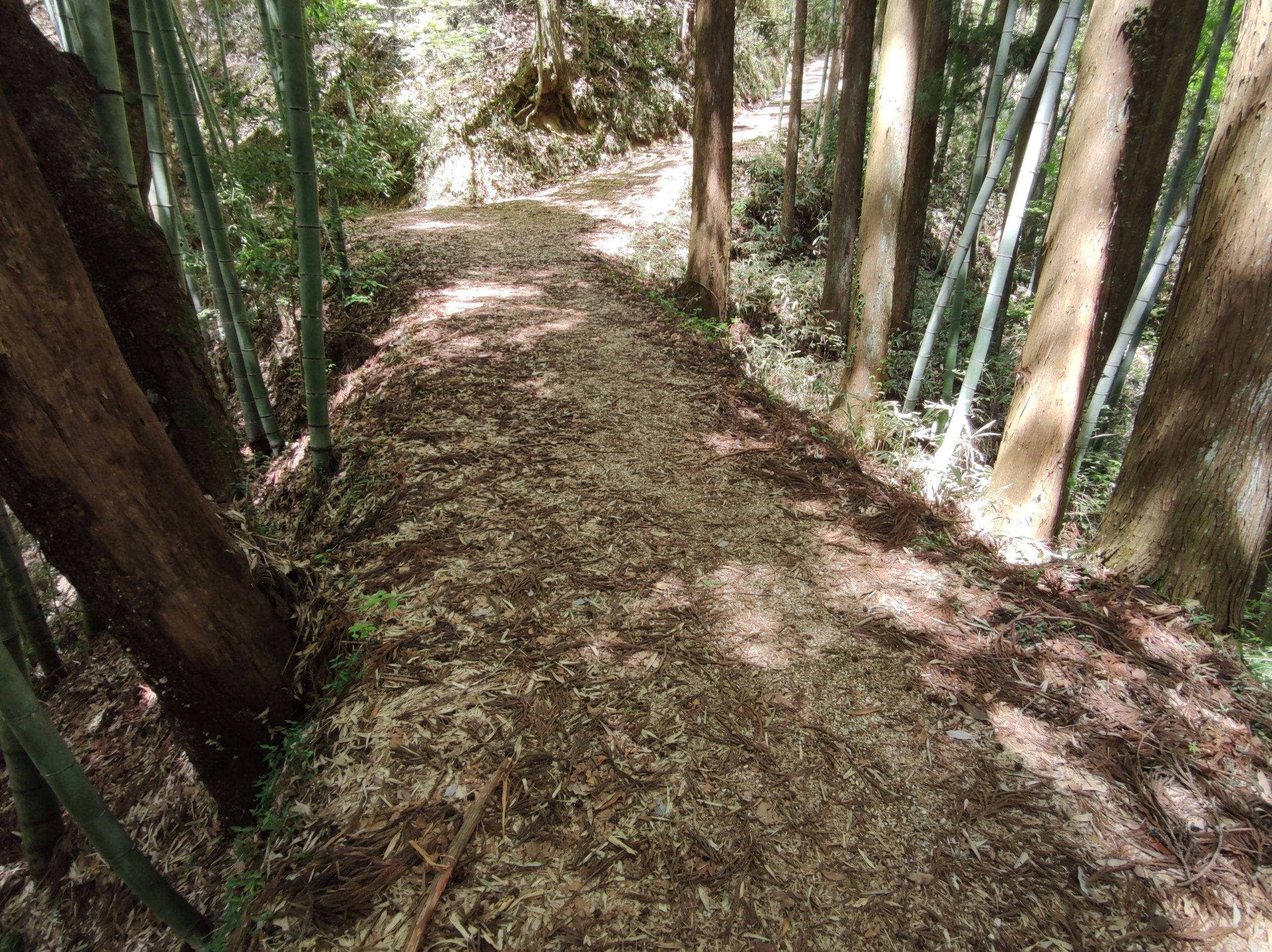

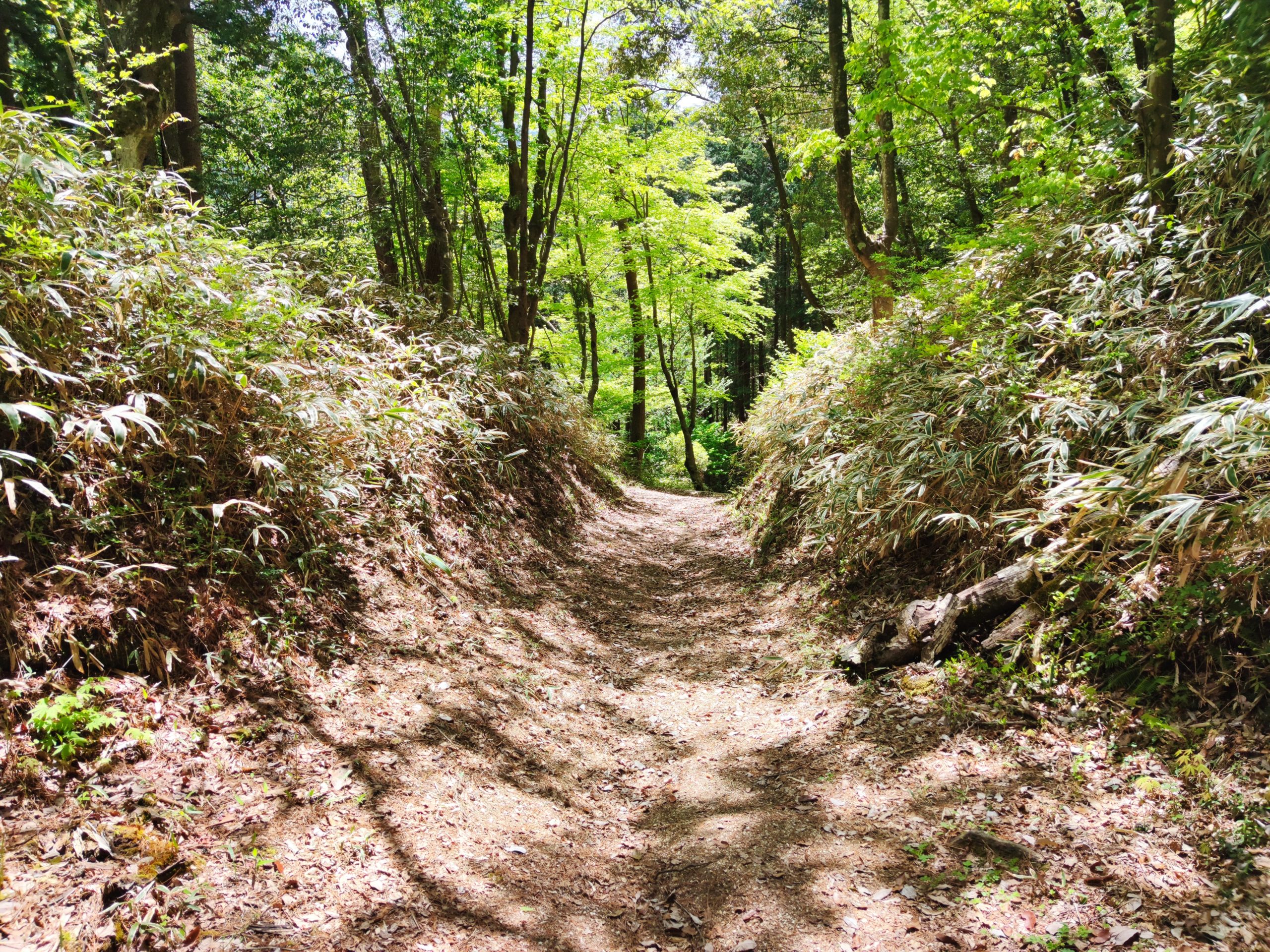
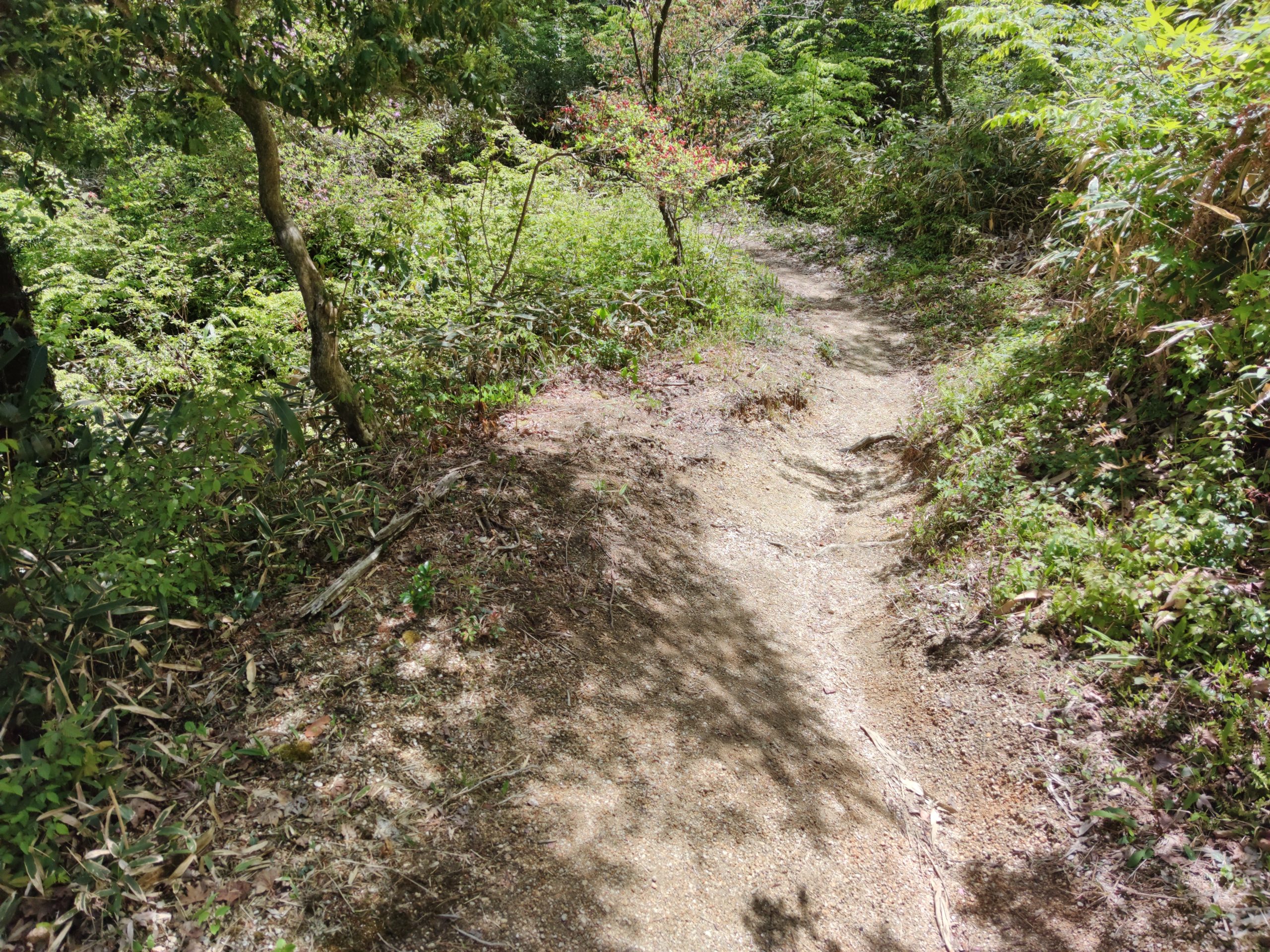
When you reach the entrance of Tsumago-juku, you will see the Kumagai House and Koigaiwa on both sides of the road. The Kumagai House is said to be a part of a building built in the early 19th century, and you can see the interior. Koigaiwa has a legend that a warlord belonged to Yoshimasa Kiso talked about love here.

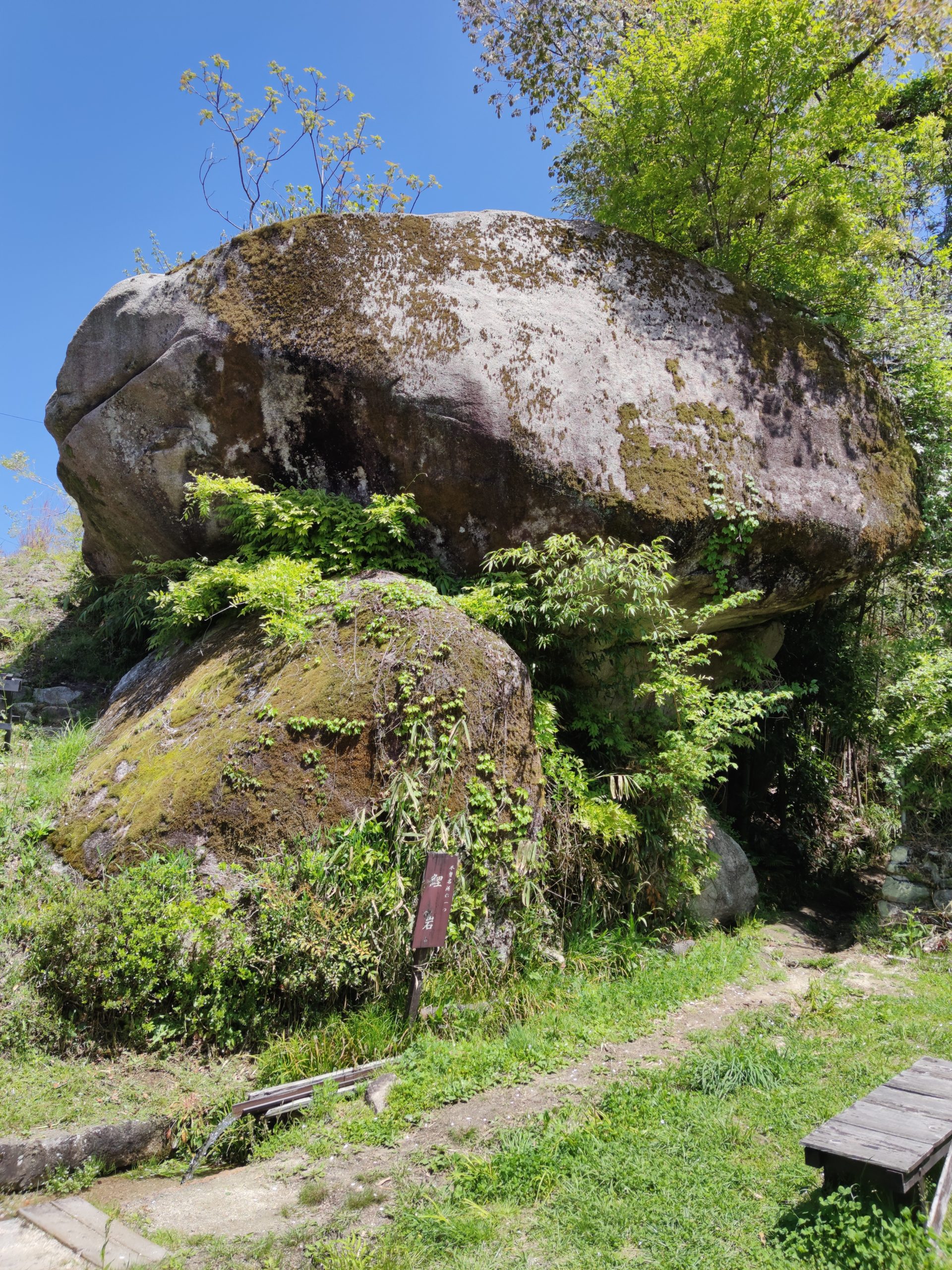
After the ruins of Kuchidomebansho, you will finally enter the center of Tsumago-juku .

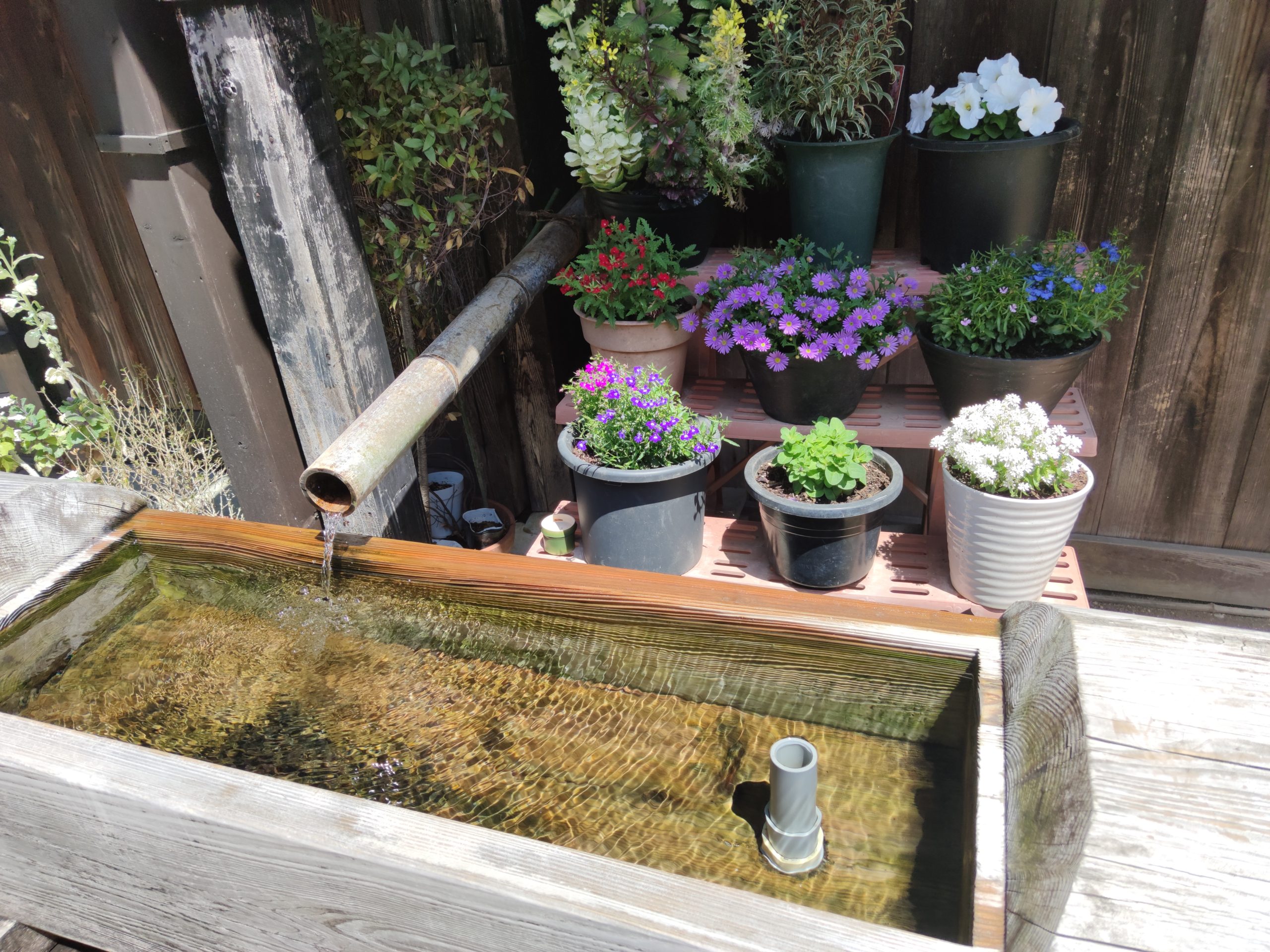
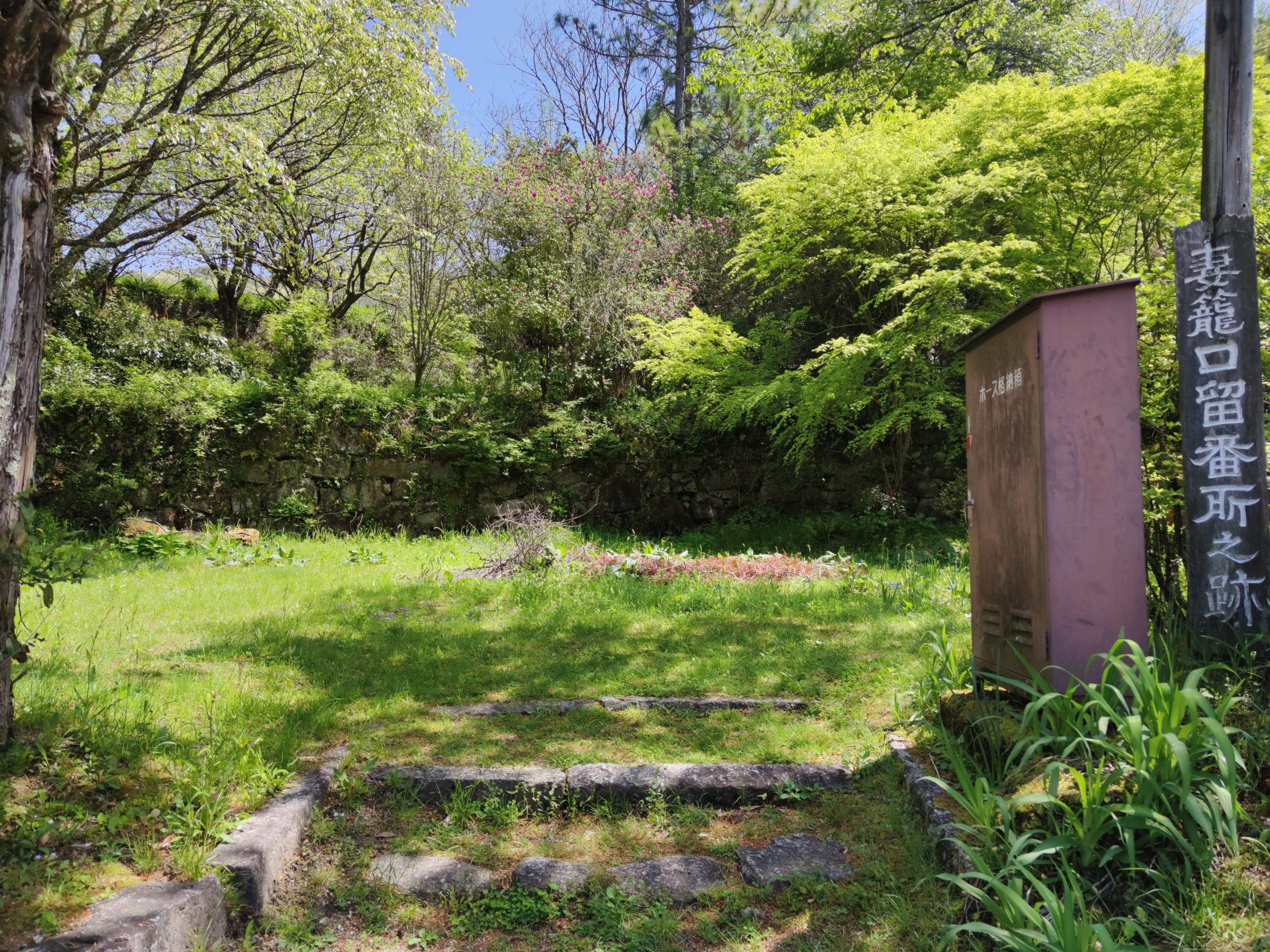
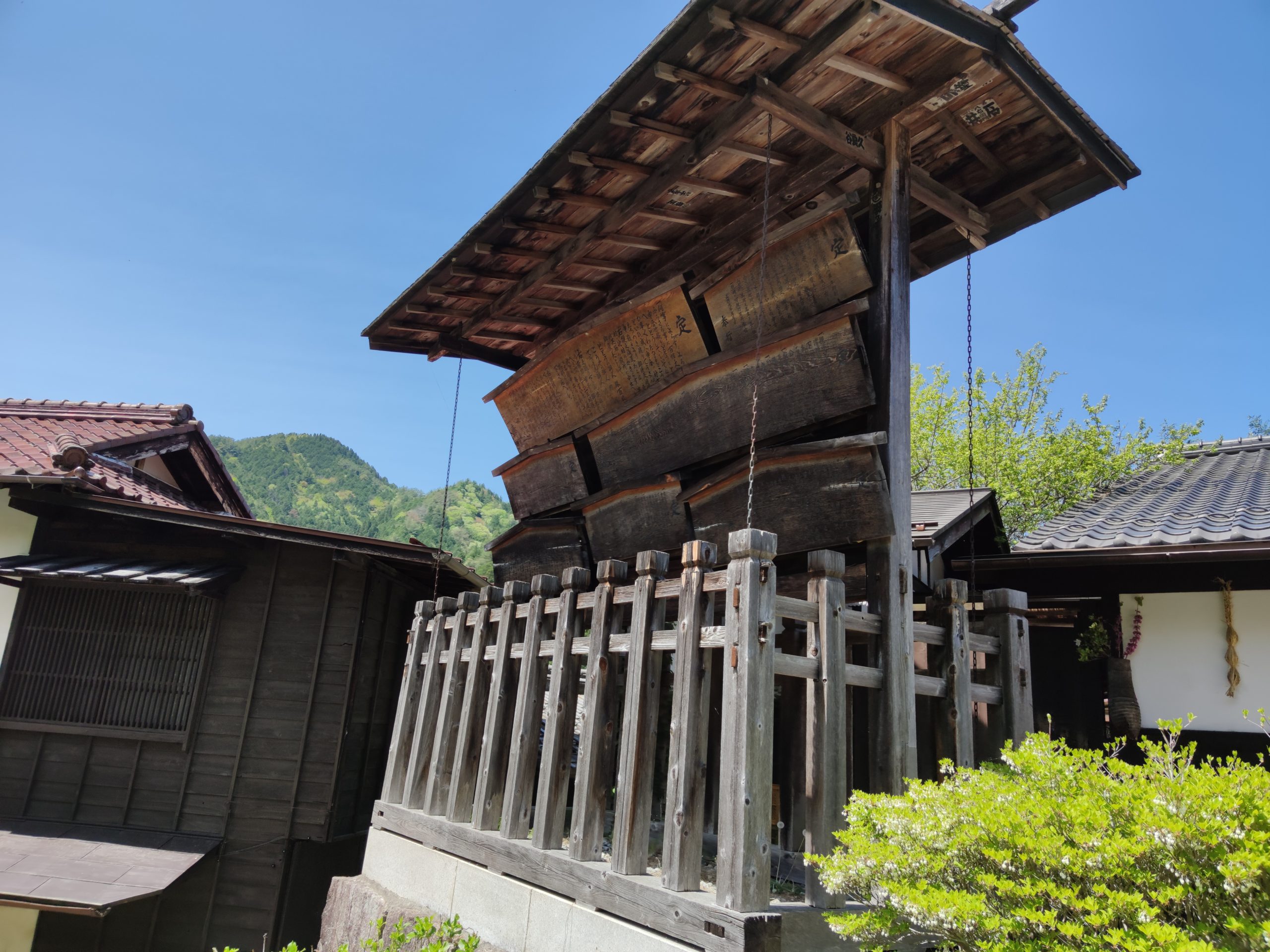

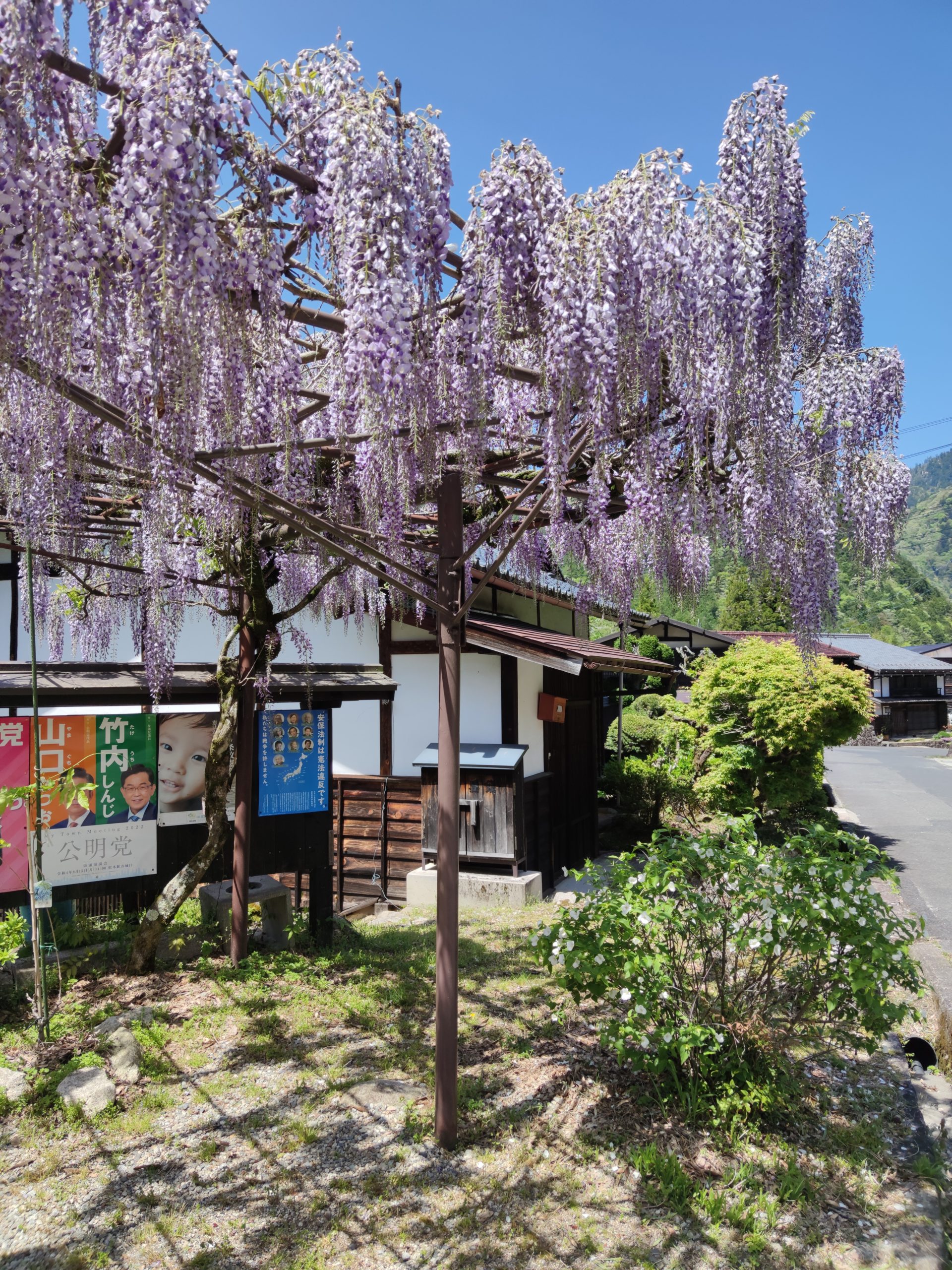
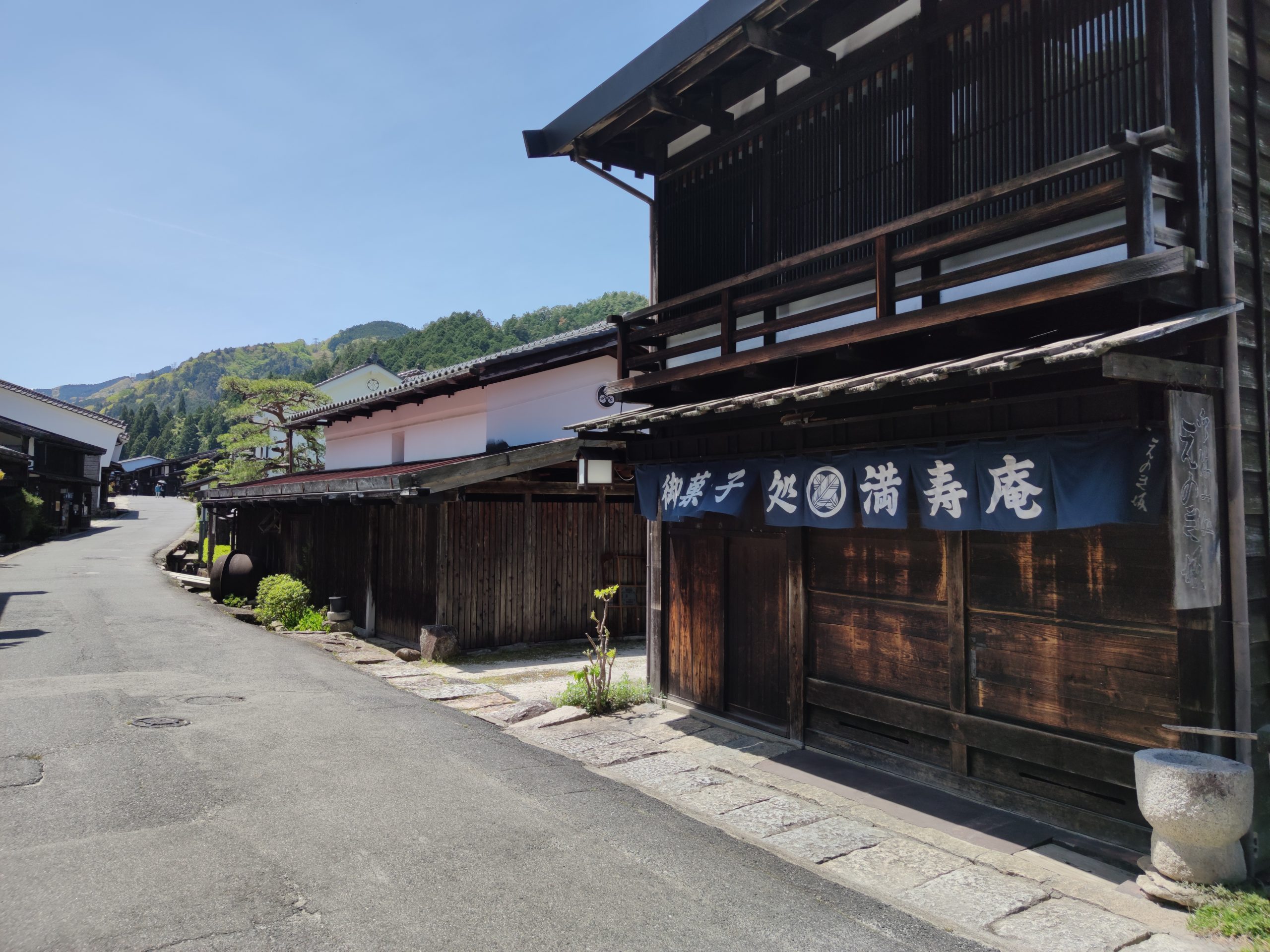
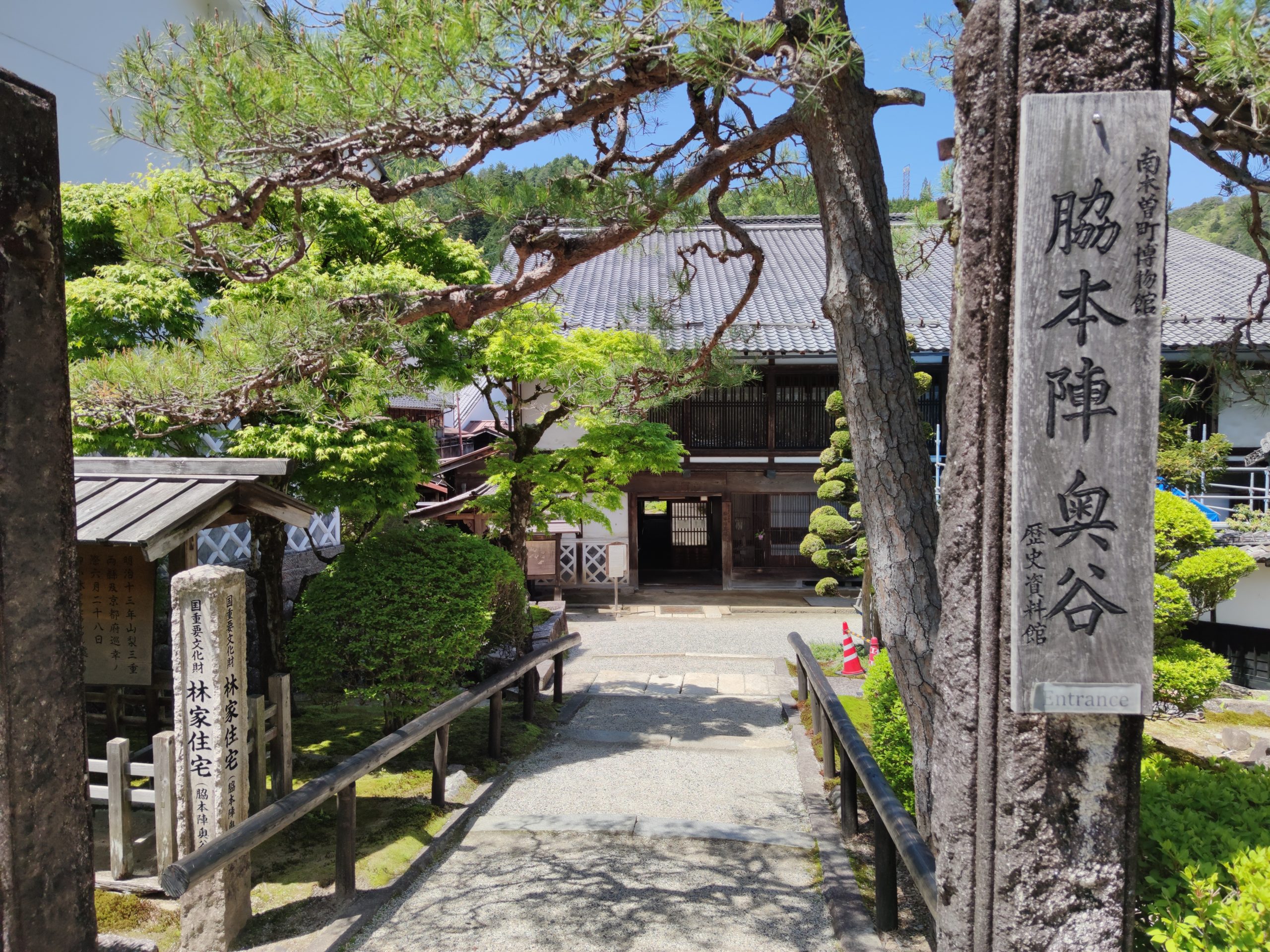

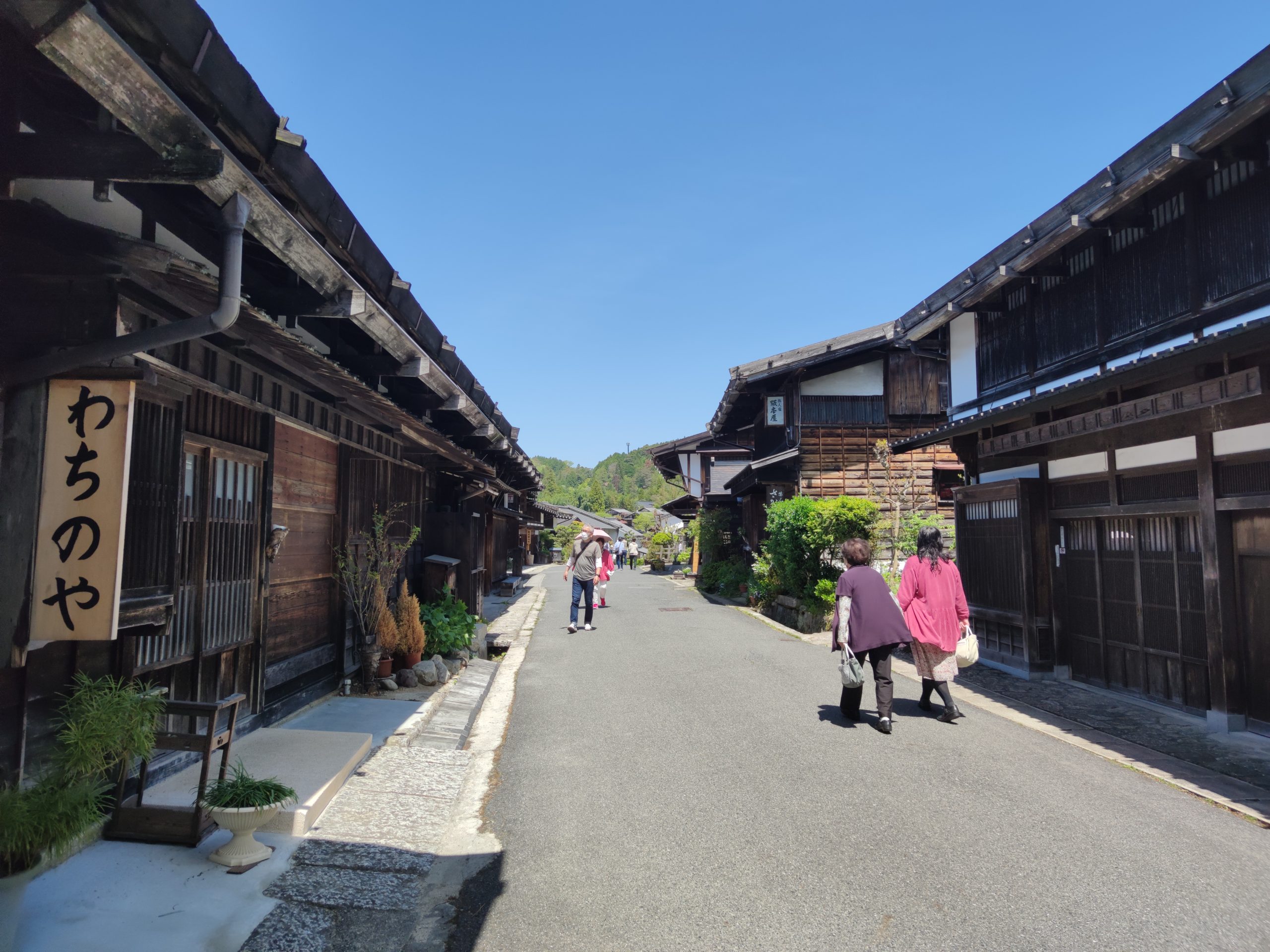
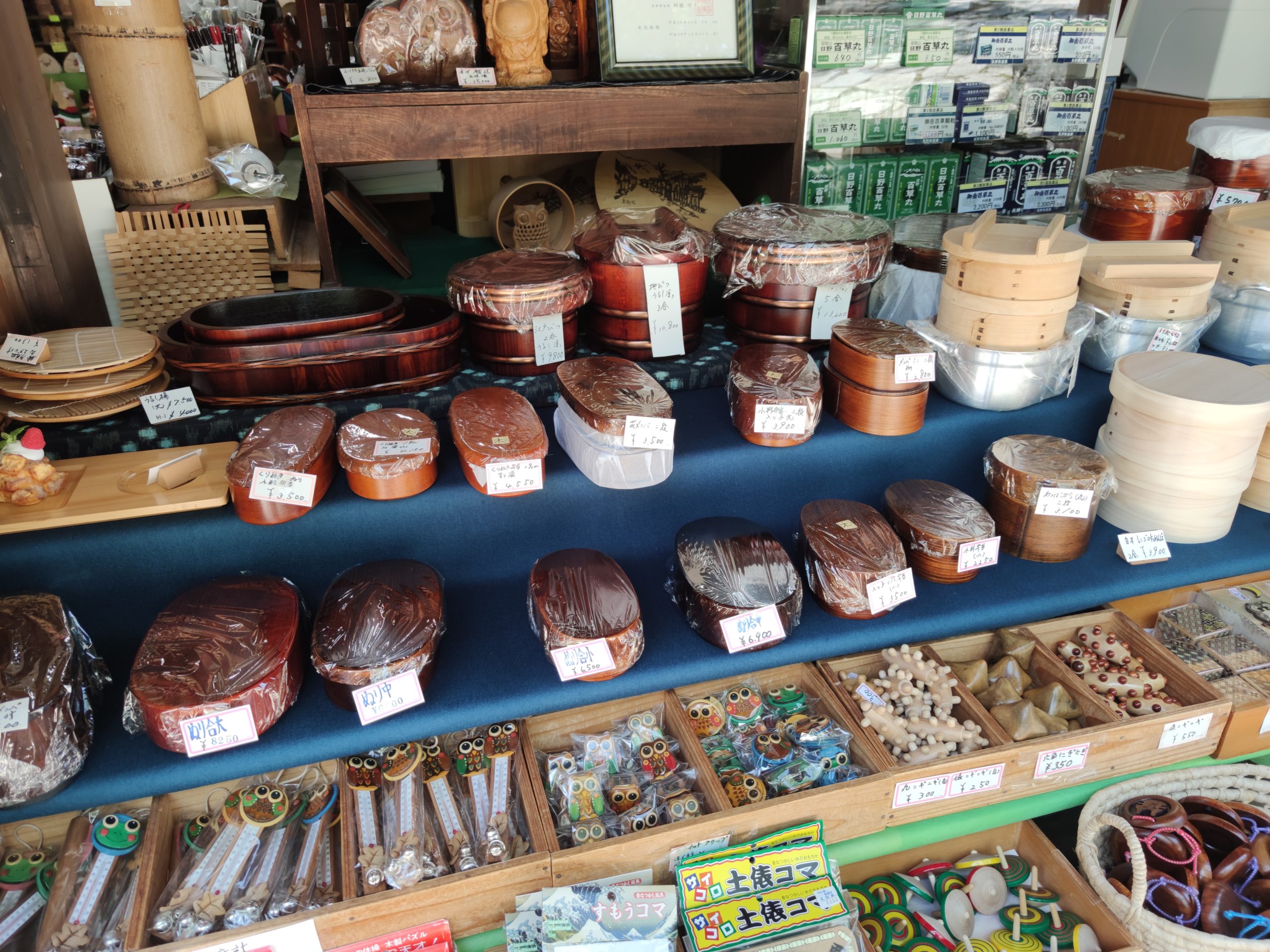
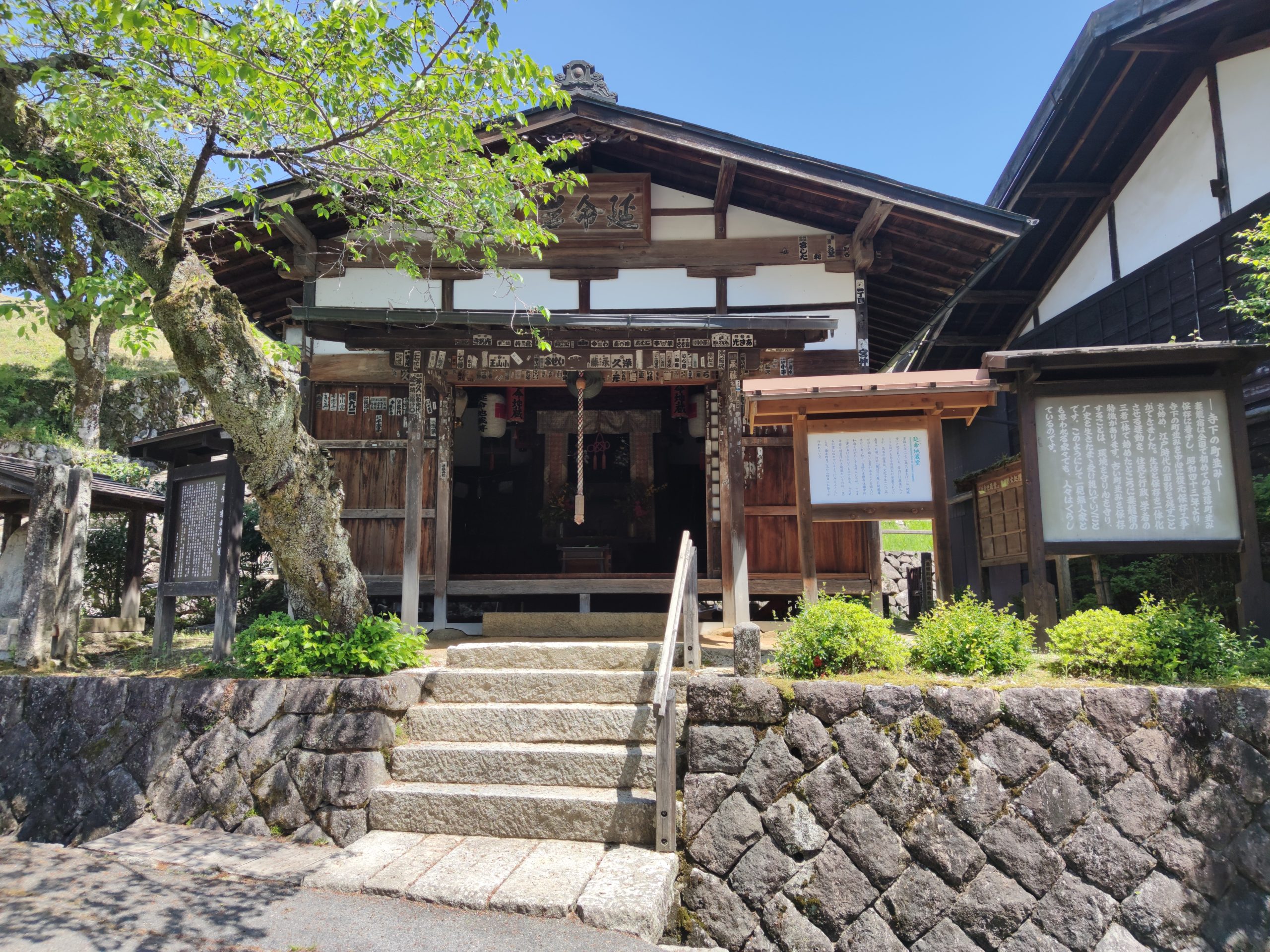

There is a big straw horse on the outskirts of Tsumago-juku, and the white wisteria is beautiful in season.
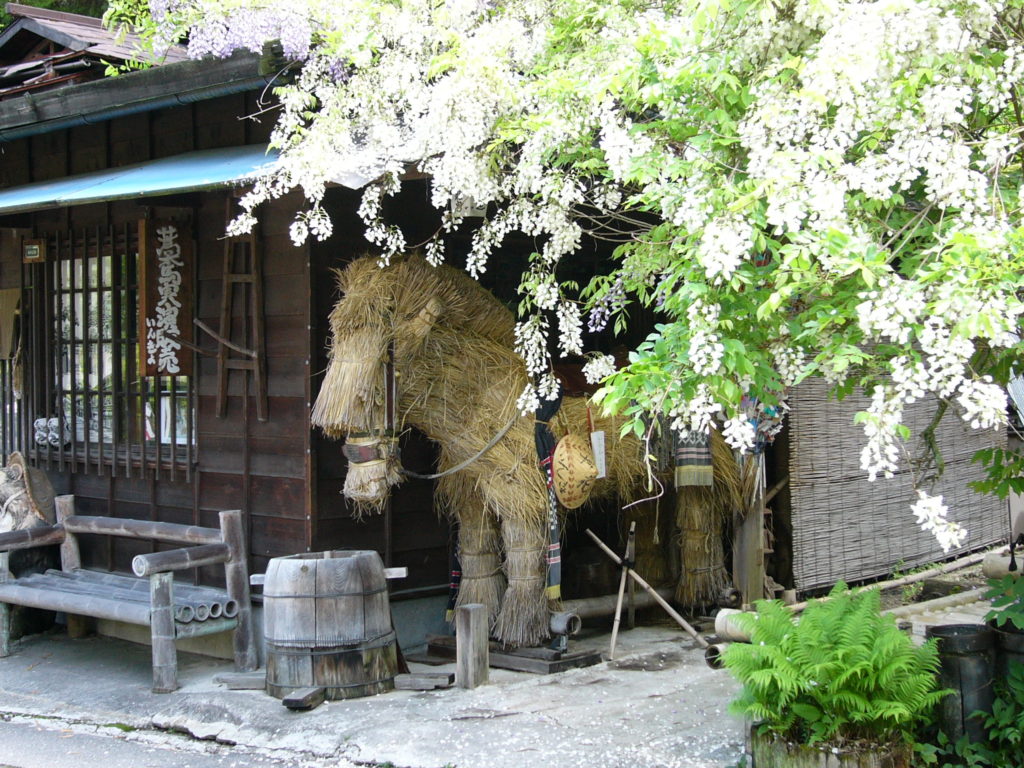
From here, it is a hiking trail that follows the Nakasendo road between Tsumago-juku and Magome-juku, which is the best part of this course.
The entrance of the course looks like this. The old Nakasendo runs beside the parking lot for tourists to Tsumago-juku.
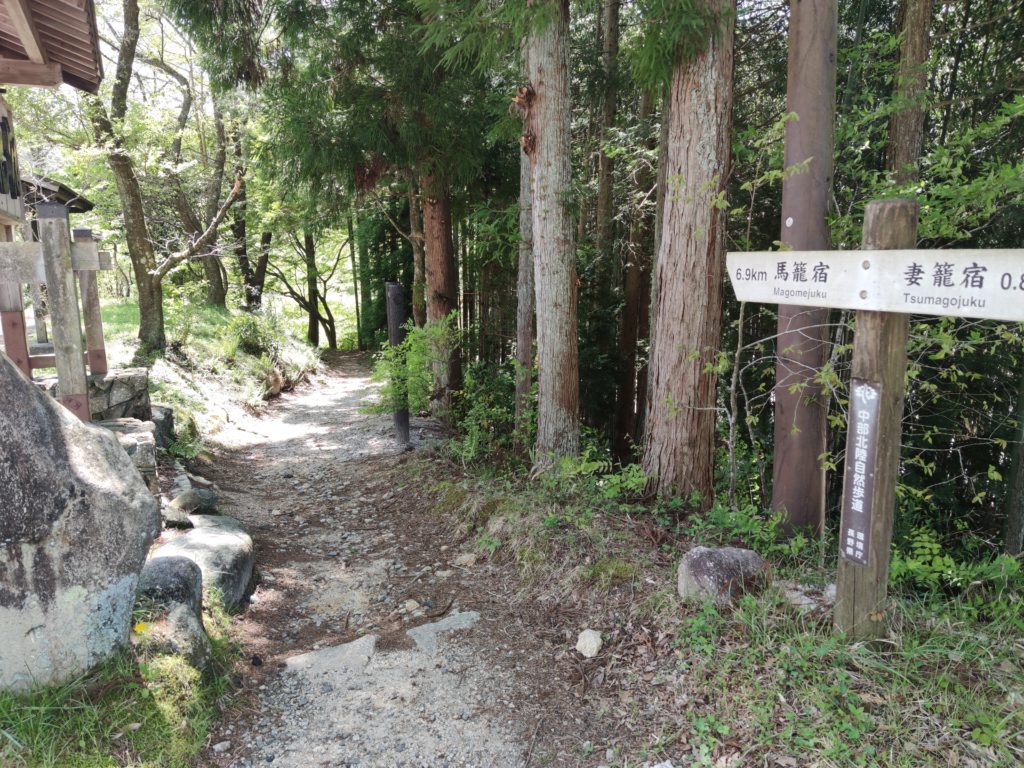
After walking for a while, you will see the information board for the “Stone Pillar Signpost”. It notes that Nakasendo was used until the middle of the Meiji era. I found the pillar in the garden of a nearby private house, not on the side of the road.
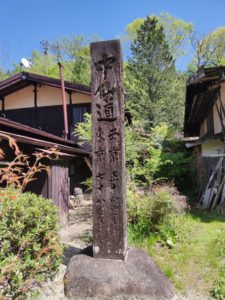
After a comfortable walk, you will find a village of Otsumago.
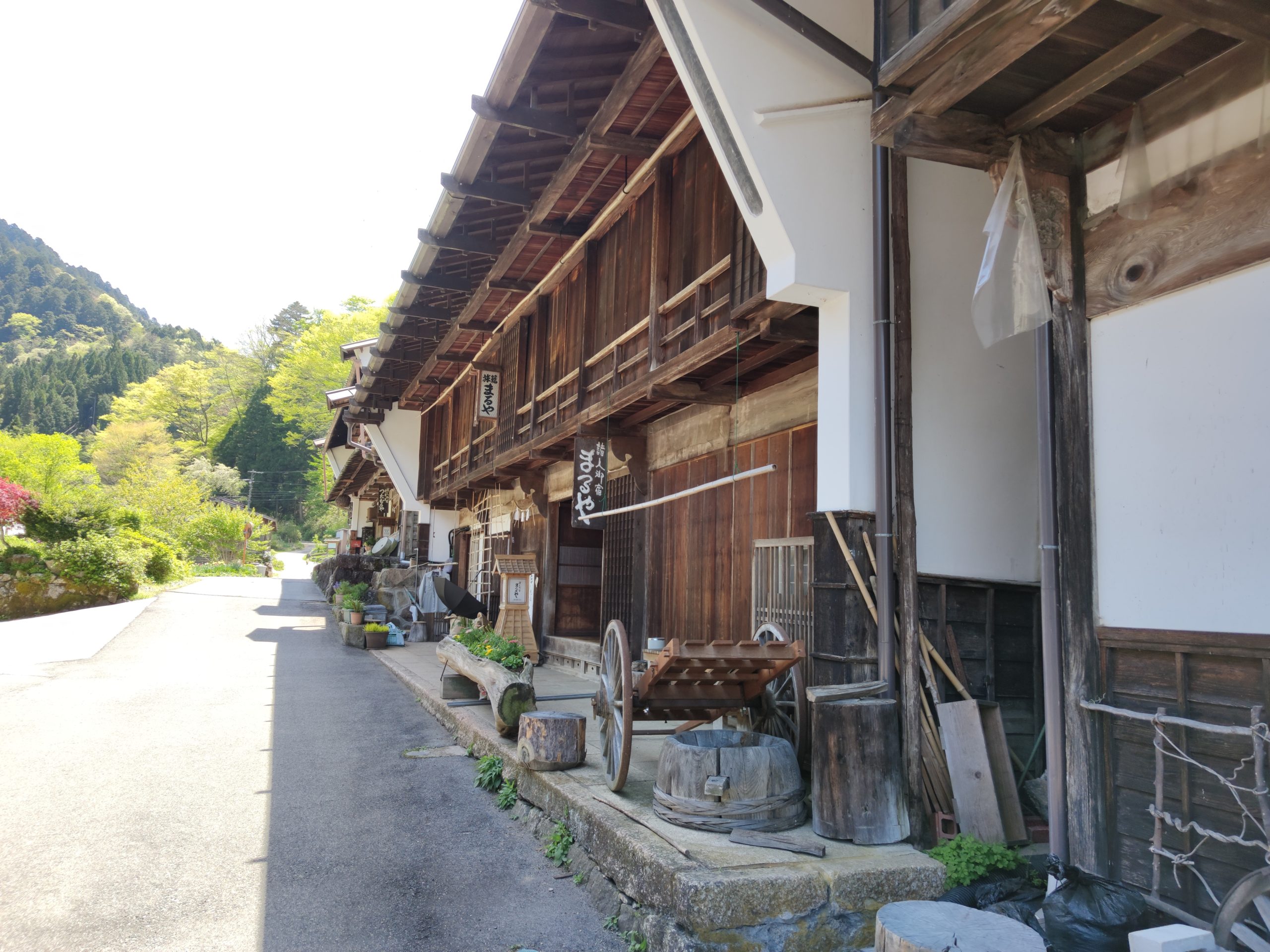
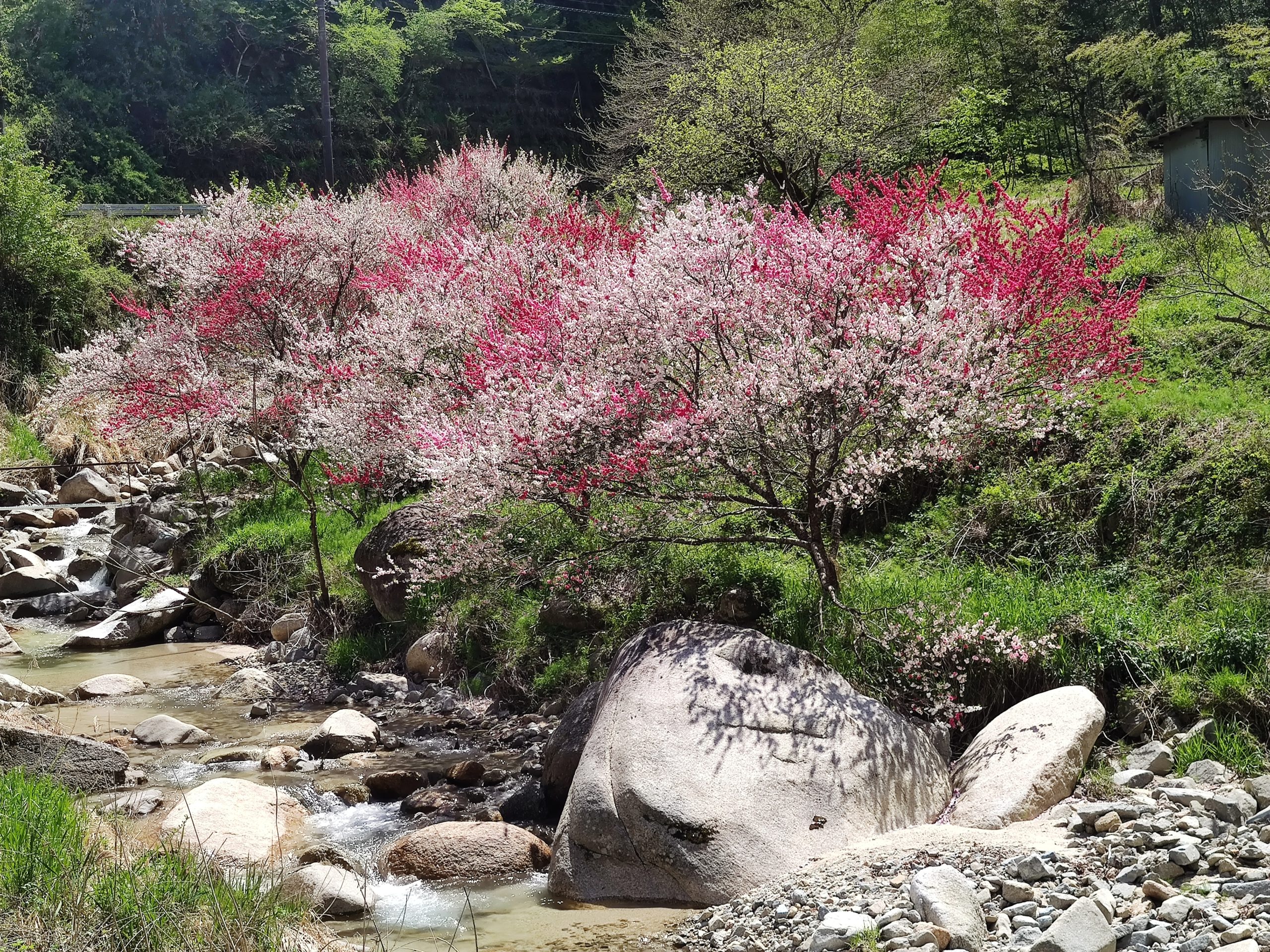
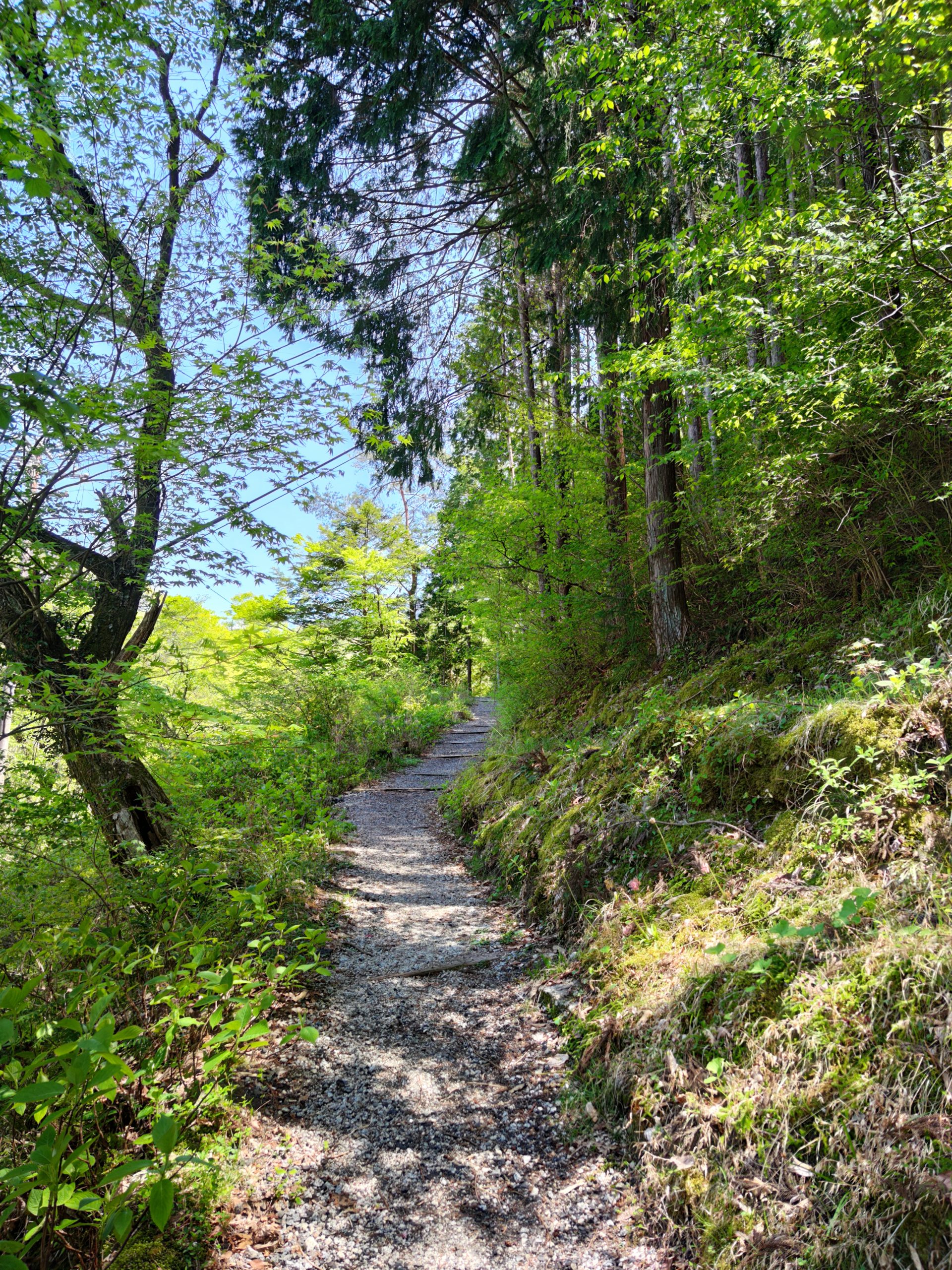
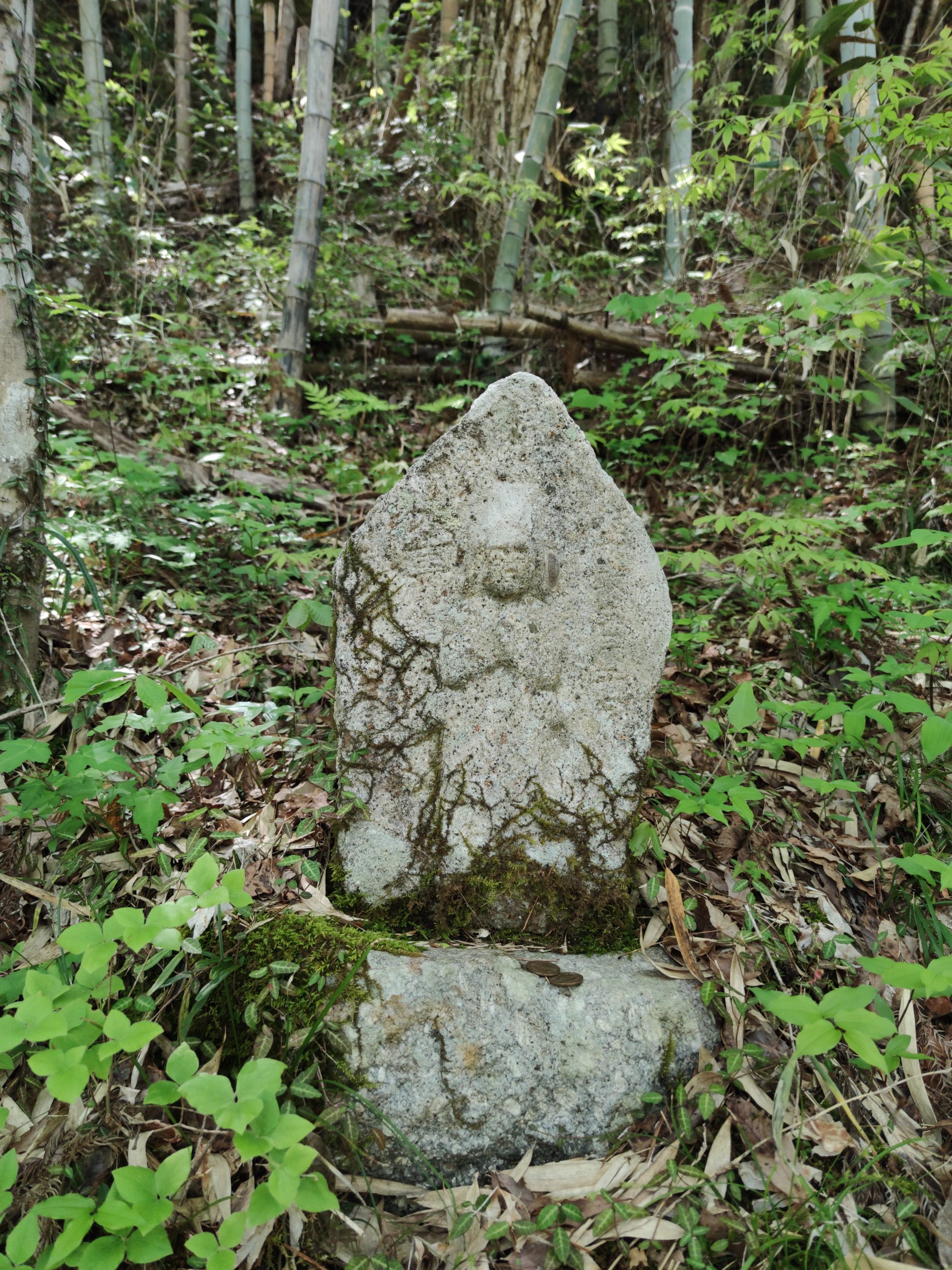
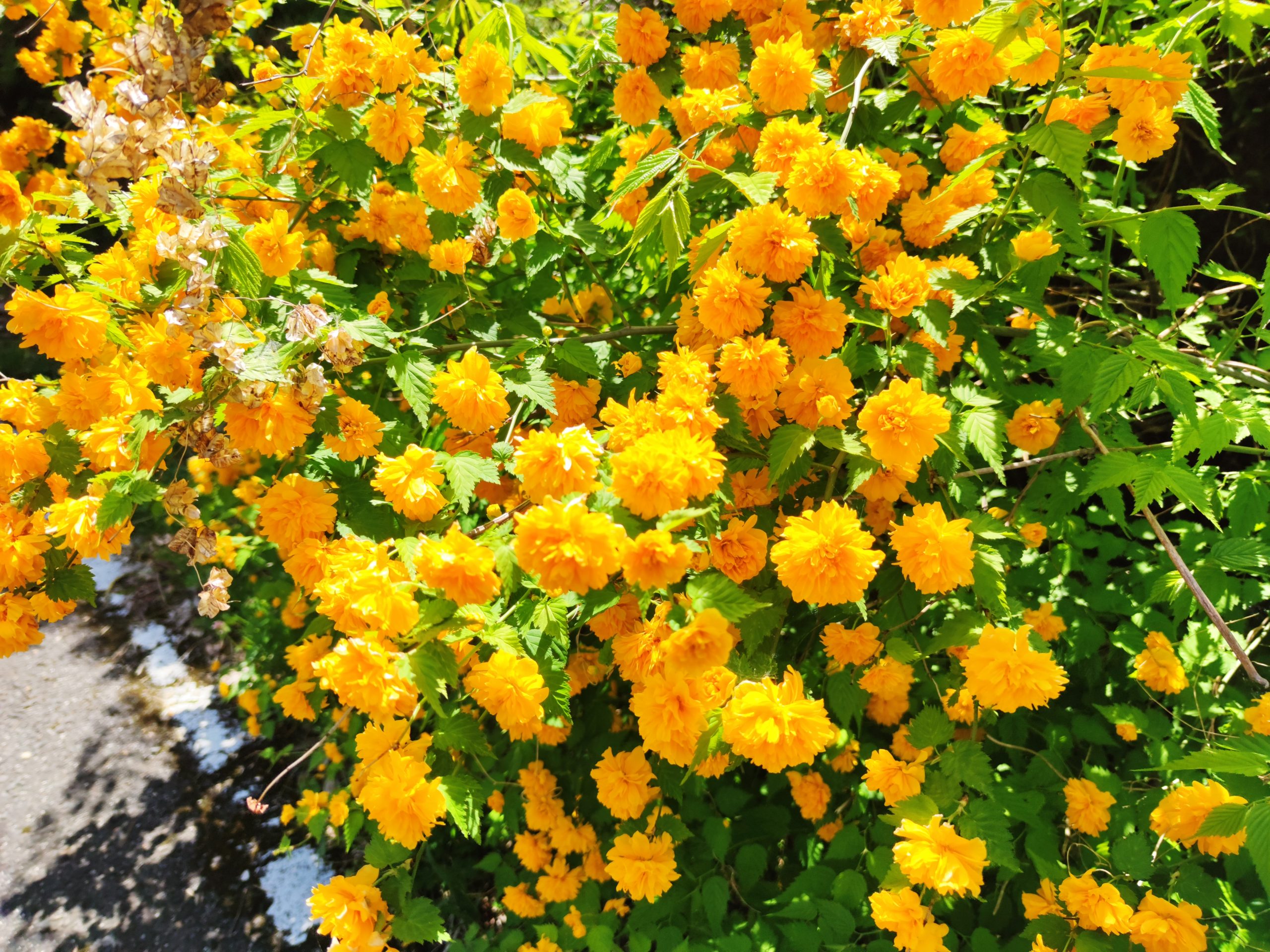
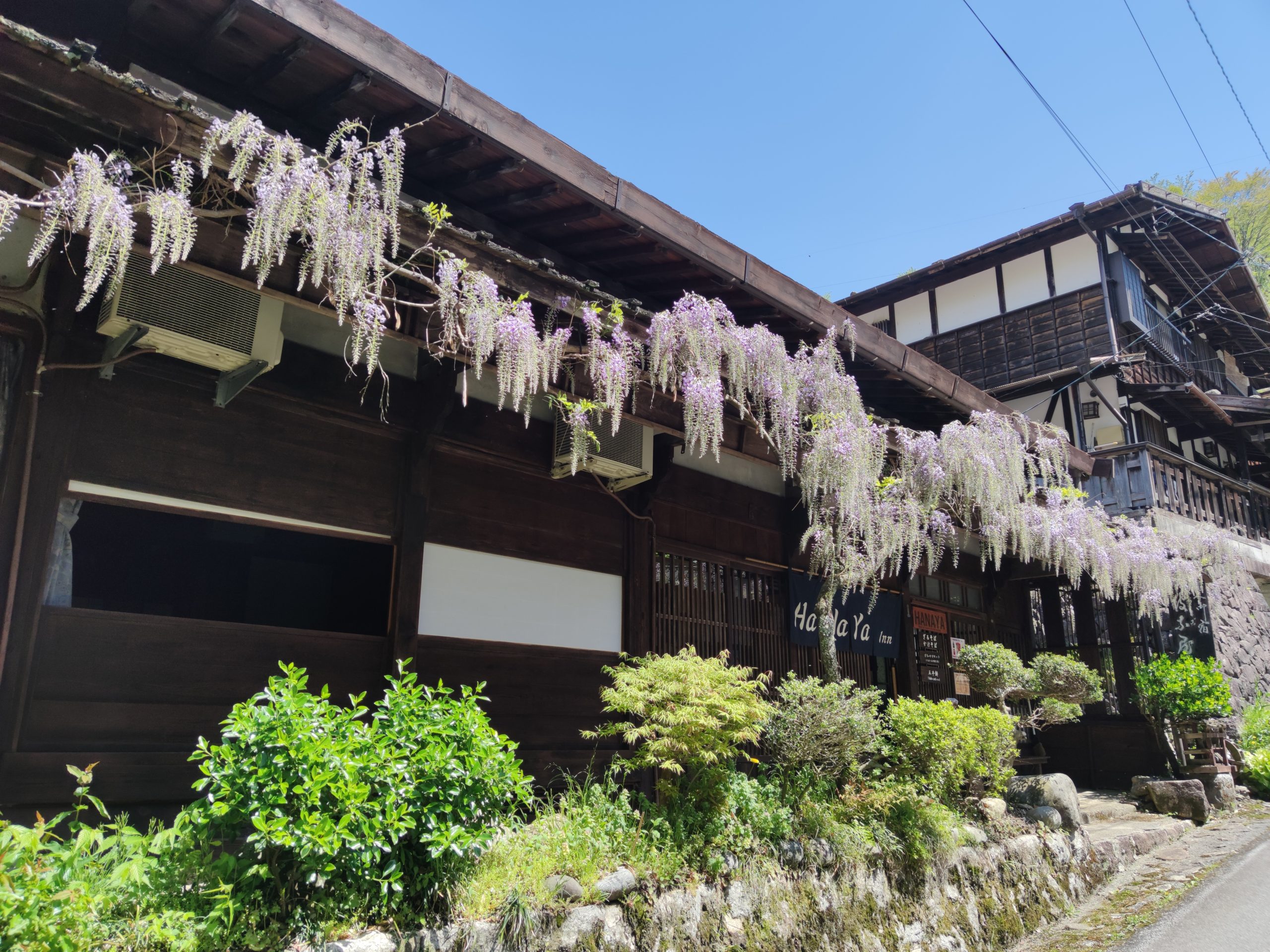
Then the road enters the forest, and when you go uphill, you will see Ox-Head Kannon (Gyutokannon). Hayagriva (Batokannon) is often seen, but Ox-Head Kannon is only here along Nakasendo. It is said that it is a mourning for the black cow that climbed the steep slope pulling a cart. Since the six arms (six elbows) seem to be a characteristic of Hayagriva, I wonder if the cow’s head was placed on the head of Hayagriva.
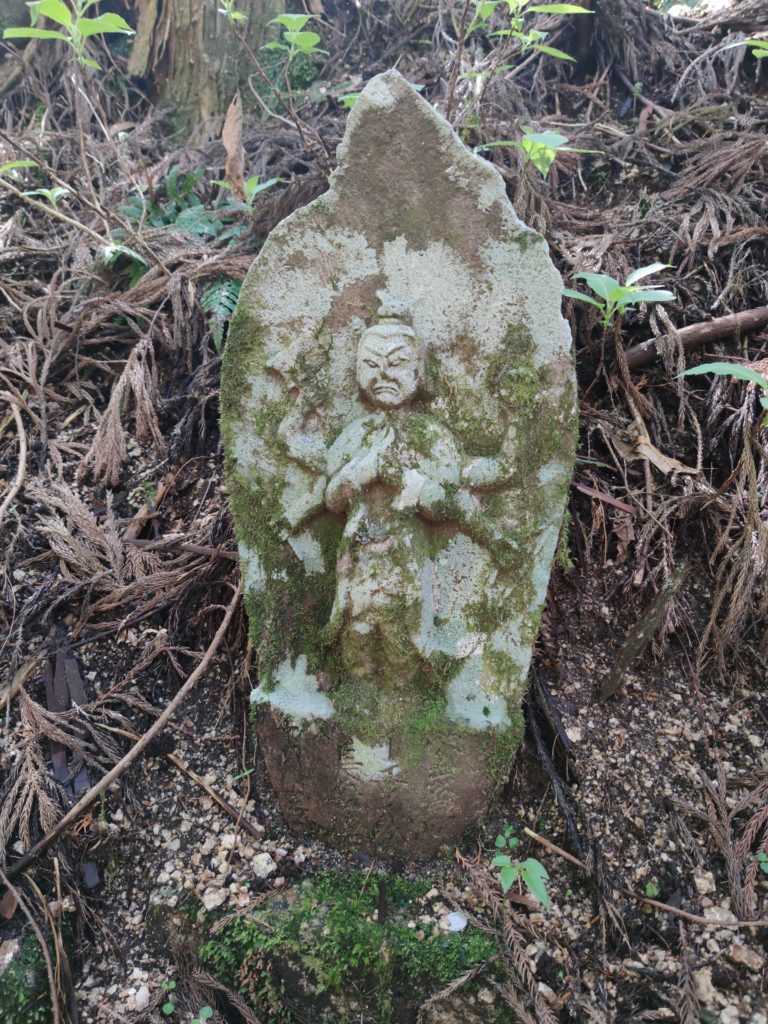
Eventually Kurashina Soreisha. The spirit of Shichirouzaemon Kurashina is enshrined. He was a senior samurai belonged to Sadayoshi Ogasawara of Matsumoto Castle. Shichirouzaemon visited Toyotomi Hideyoshi, and on his way back, he was attacked by an opposing local clan at Magome Pass and was killed.
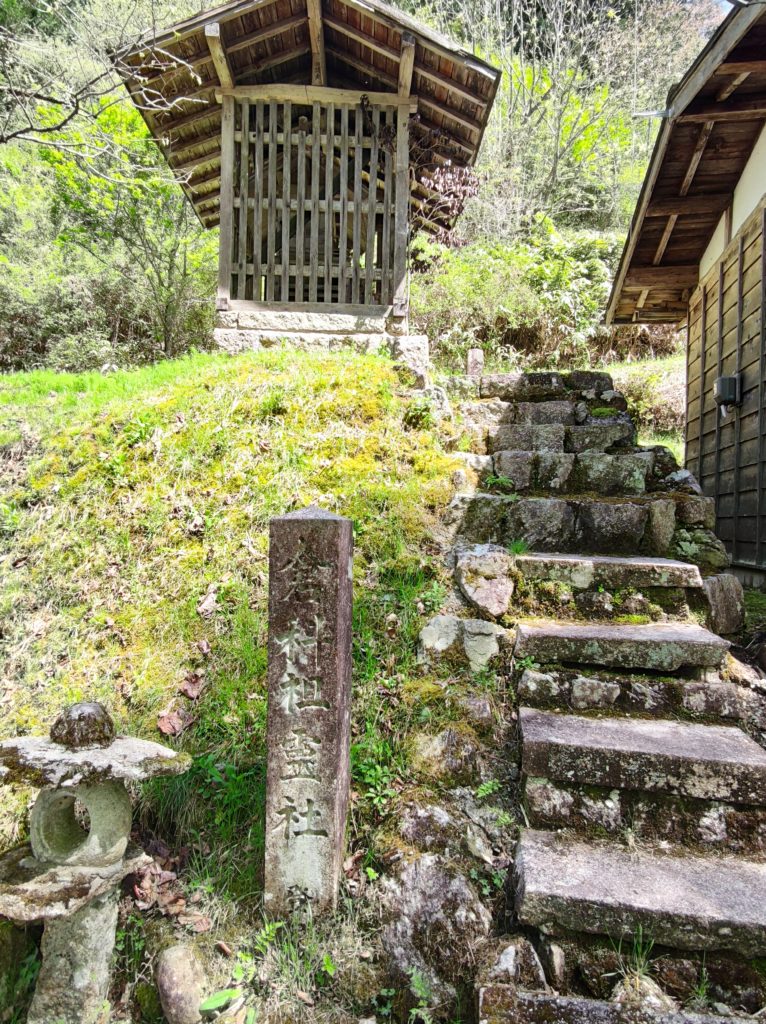
Before long, Koshinzuka and probably the statue of Hayagriva (Batokannon) on the roadside. Beyond this, Nakasendo was closed due to the collapse of the mountain slope, and there was a road that passed through Otaki and Metaki Falls.
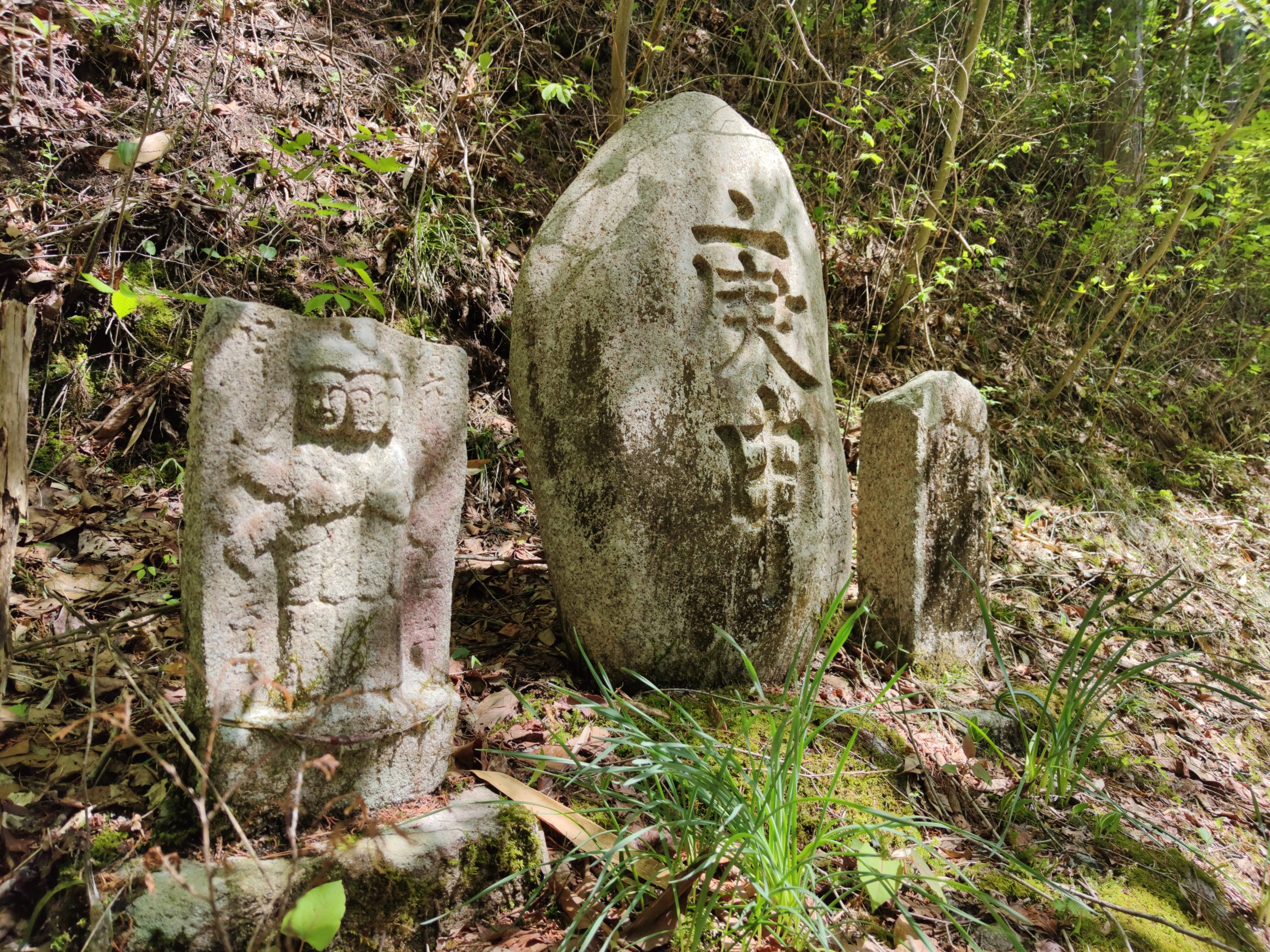
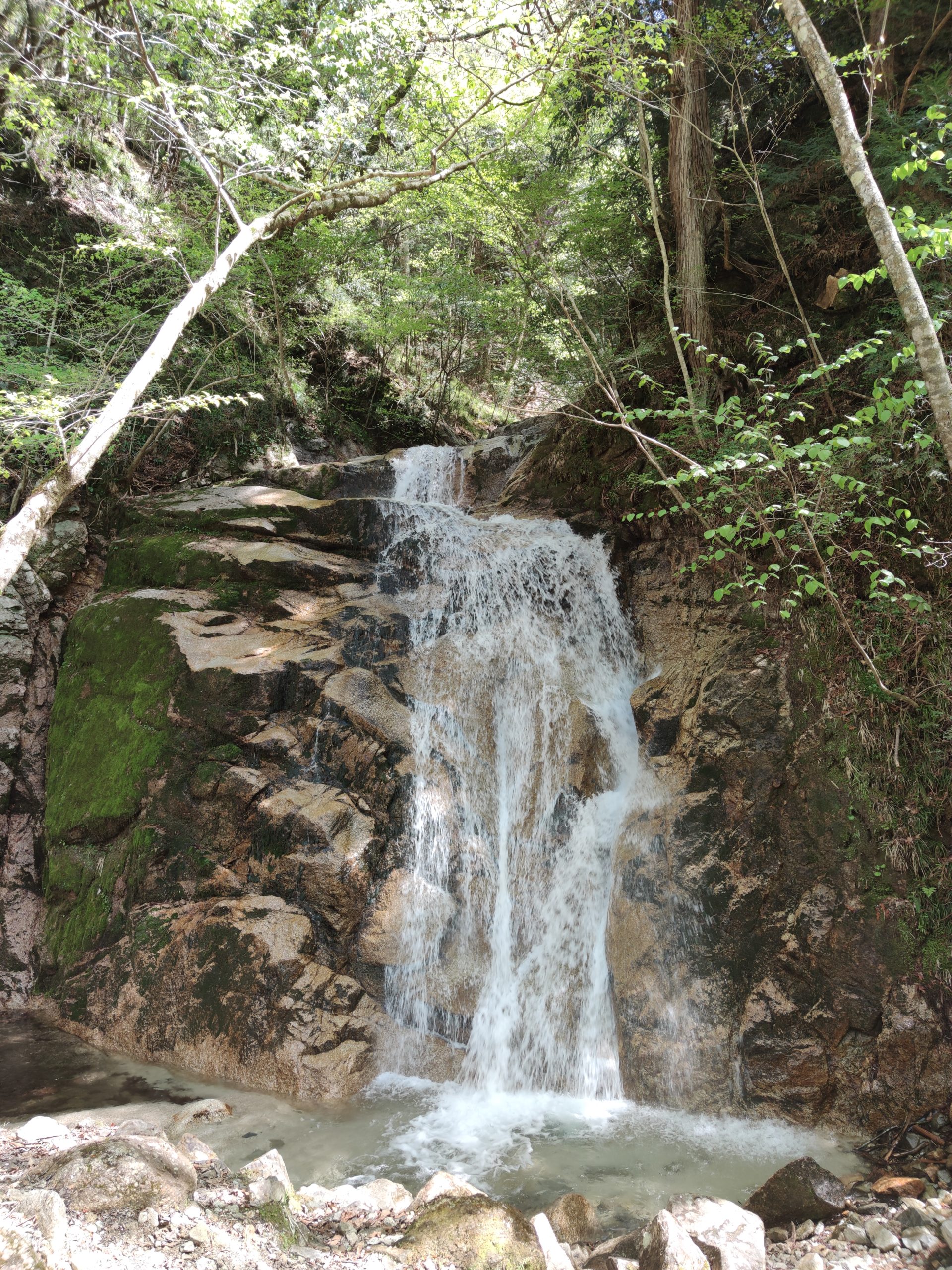
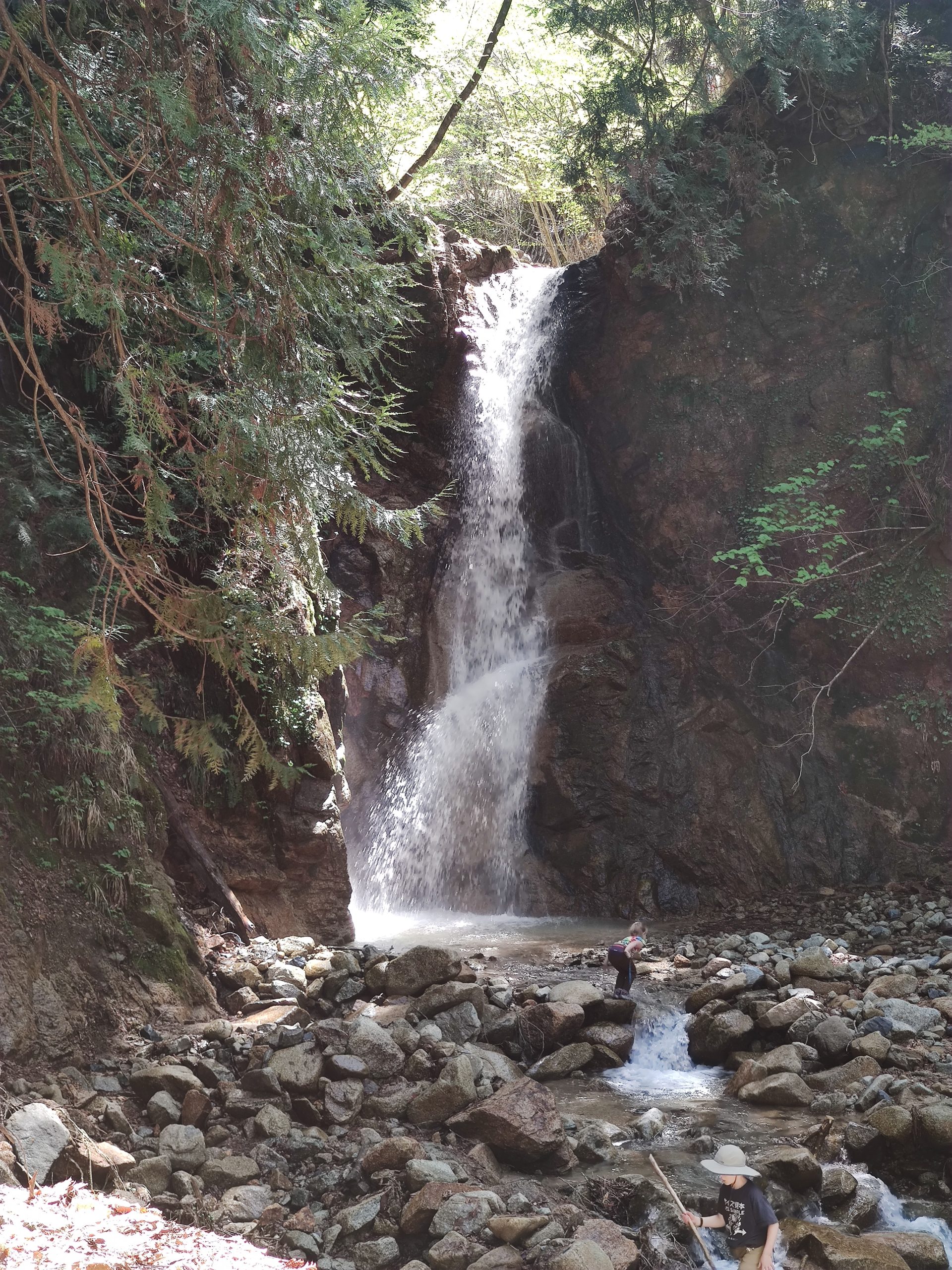
Next is the giant Sawara cypress, one of the Five Sacred Trees of Kiso. Estimated age is around 300 years. The one with branches rising from the middle is called Kamoigi, and it has been used as the sitting place for mountain gods and tengu.
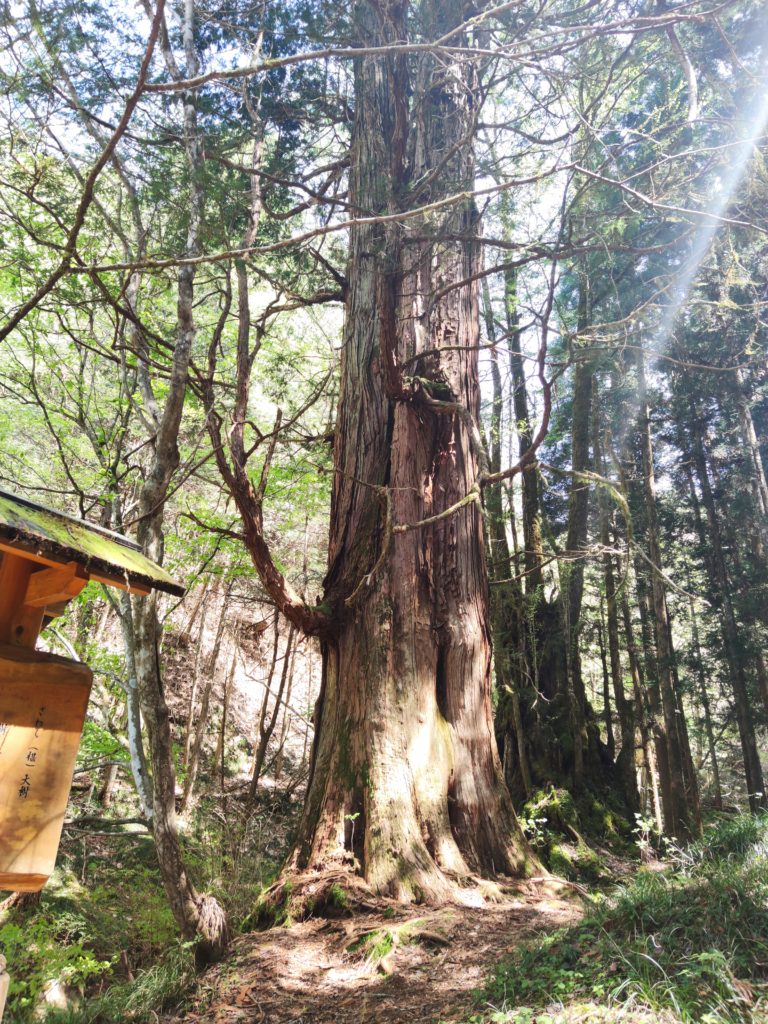
The site of Shiraki Aratame Bansho in Ichkokutochi. The Owari Han has just monitored the timber carried out of Kiso. Next to it is Tateba Tea House, where locals serve tea to hikers. There used to be a village here as well, but it seems that only the Makino family house, which was built in the late Edo period and is now used as a teahouse, remains today.
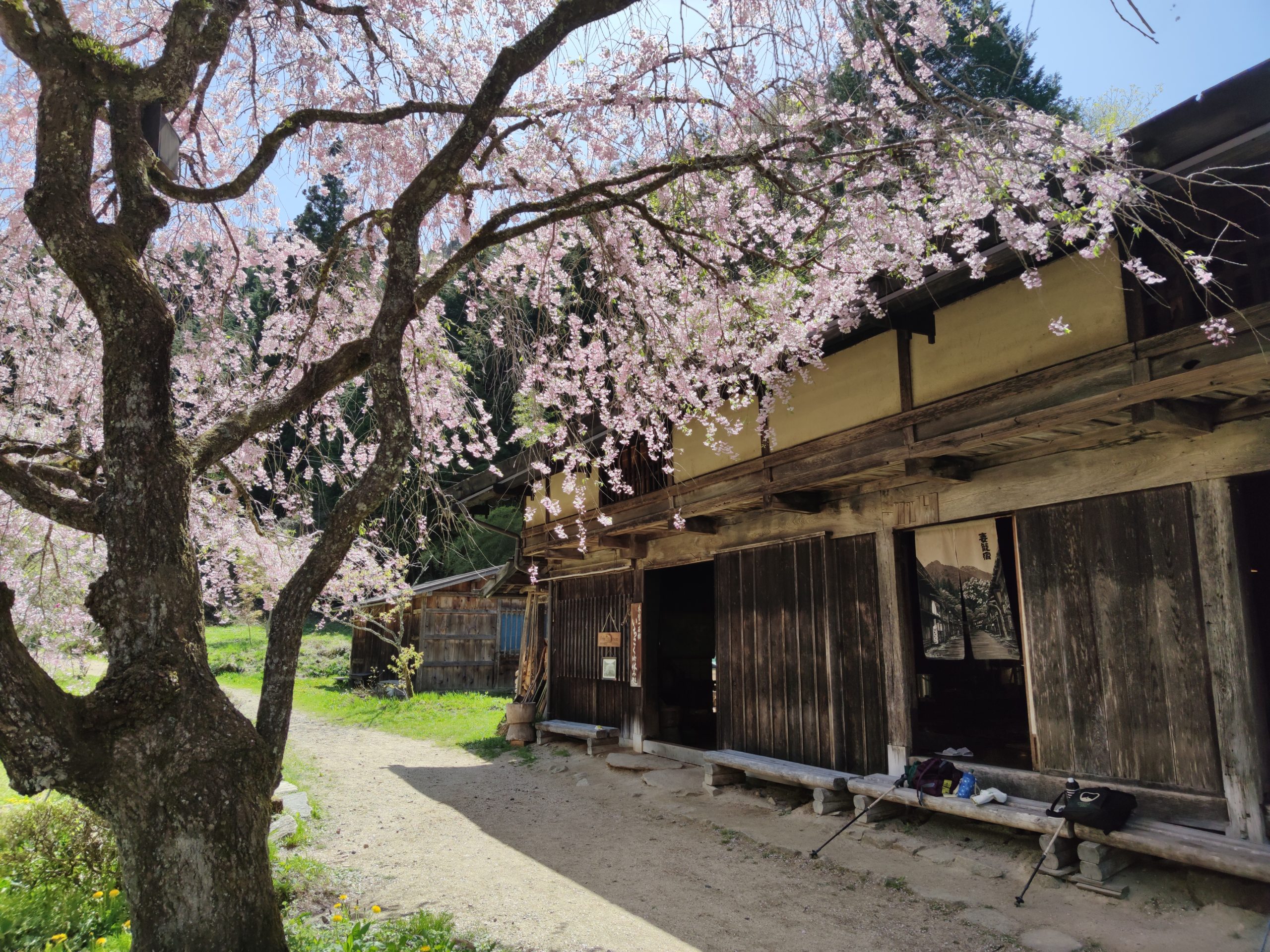

Climbing up a bit from here, you will reach Magome Pass. There is a teahouse on the pass. This is the end of a long climb. There is only downhill from here to Magome-juku.

After a while, you will see a famous Jippensha Ikku’s mad song (kyoka) monument. Jippensha Ikku traveled to Nakasendo in 1811 and wrote a book “Kiso Kaido Hiza Kurige”.
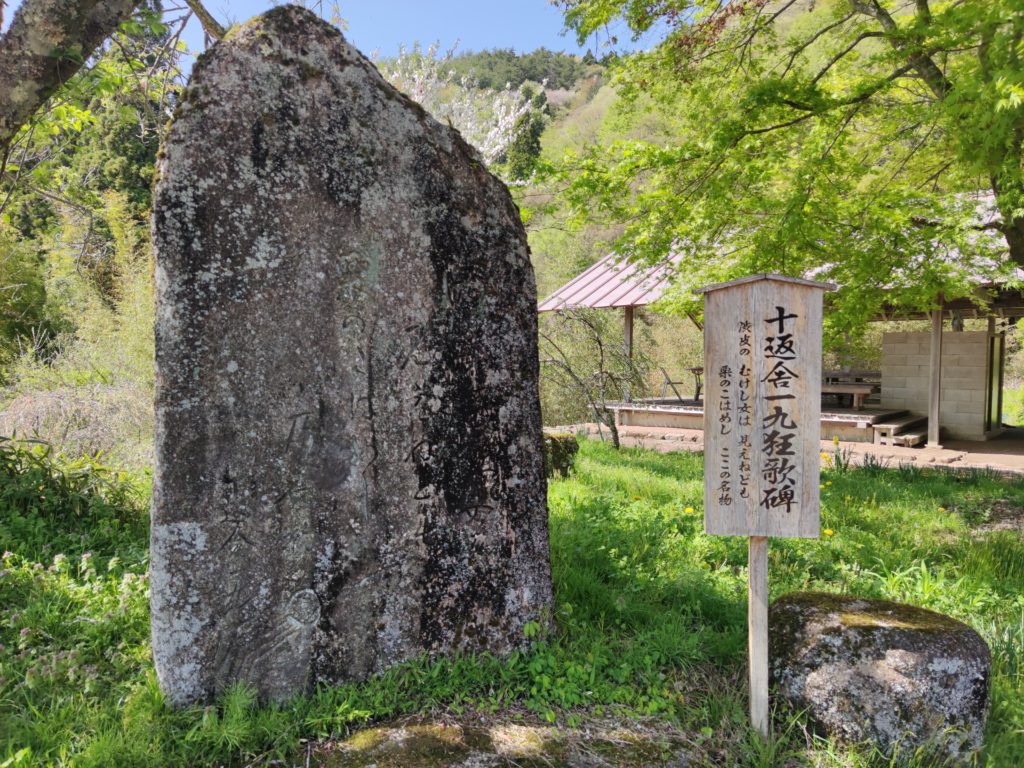
Going down further, the scenery of Mt. Ena will open and you will reach the observatory just above Magome-juku.
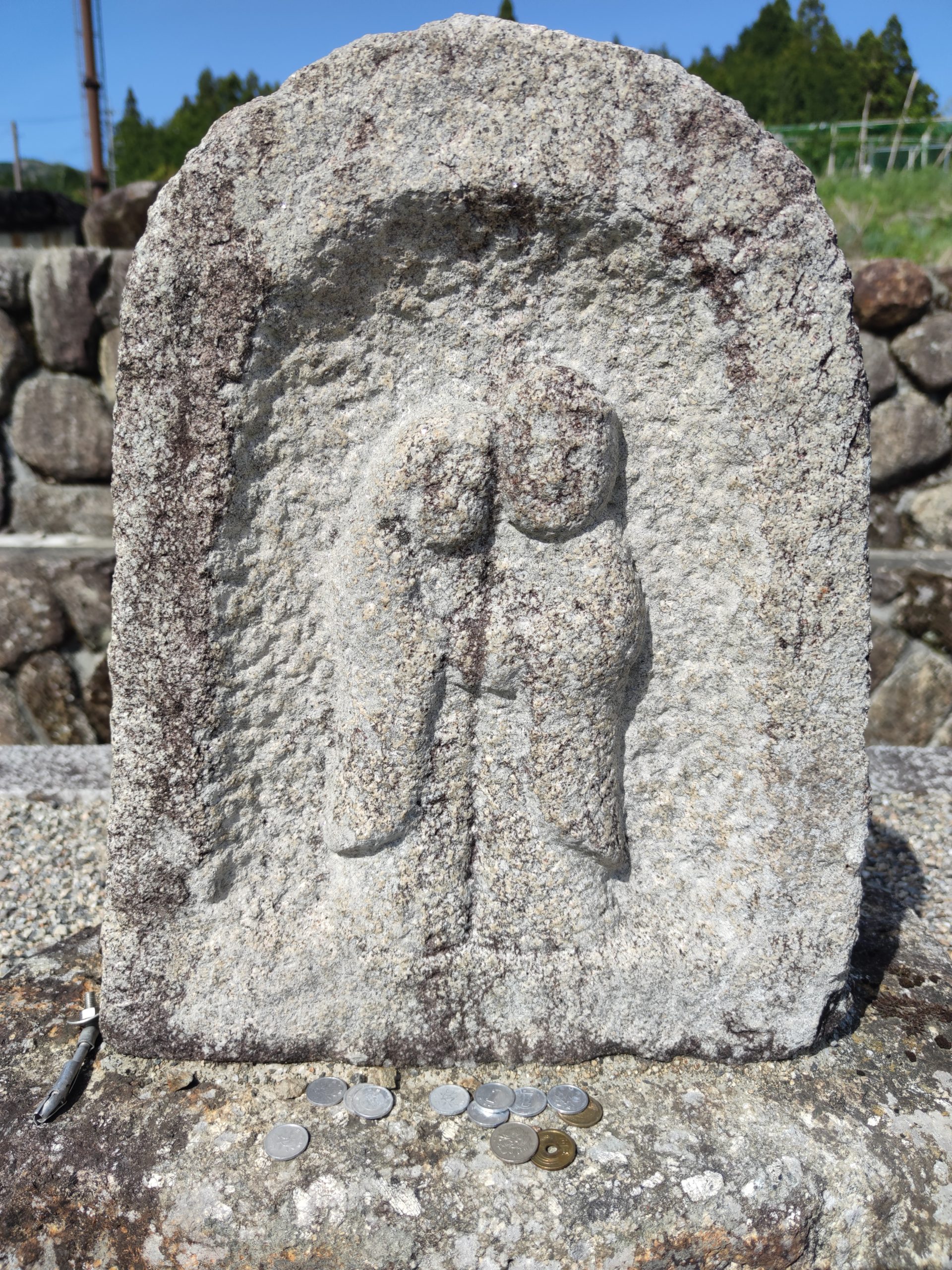
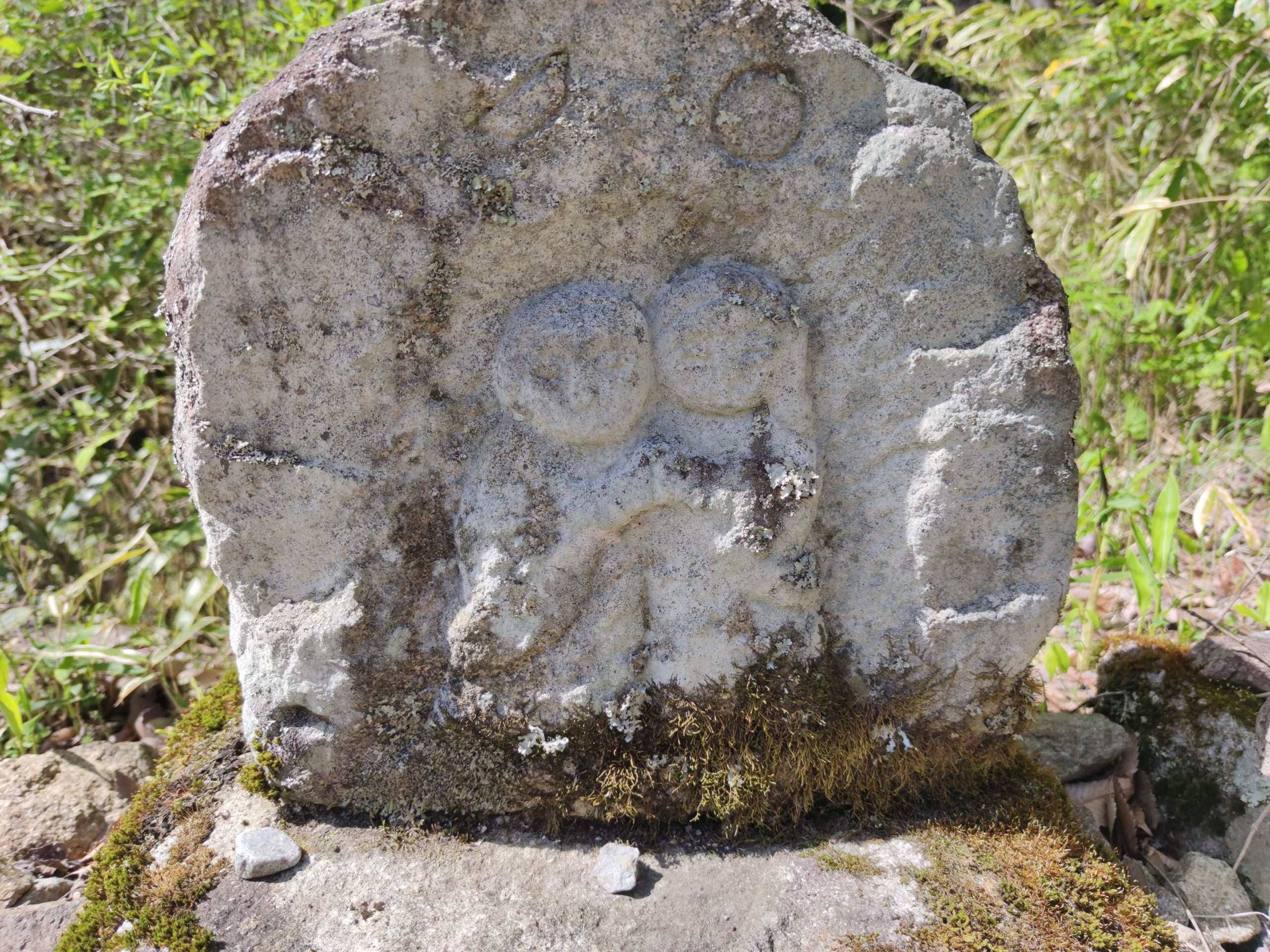
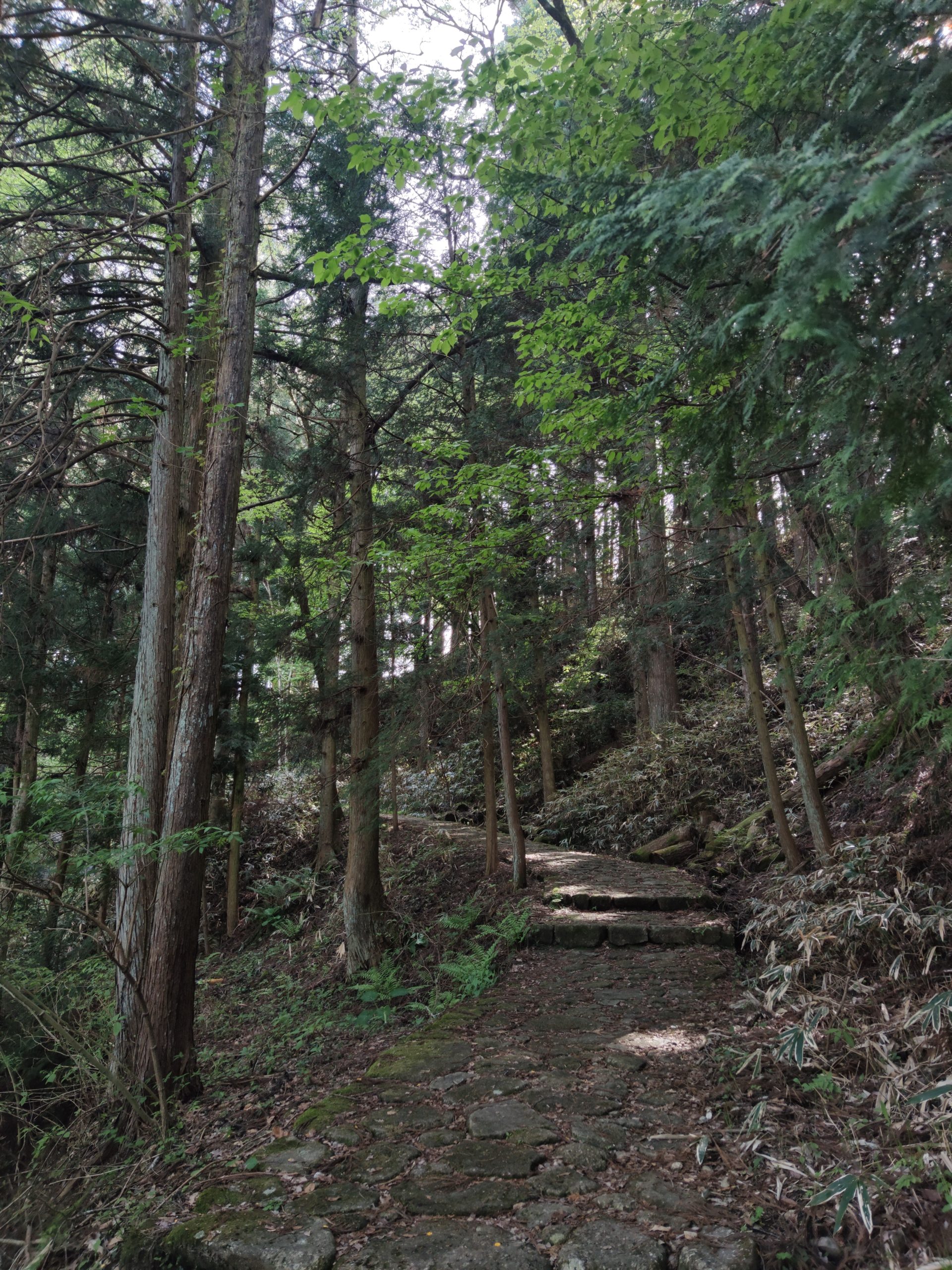
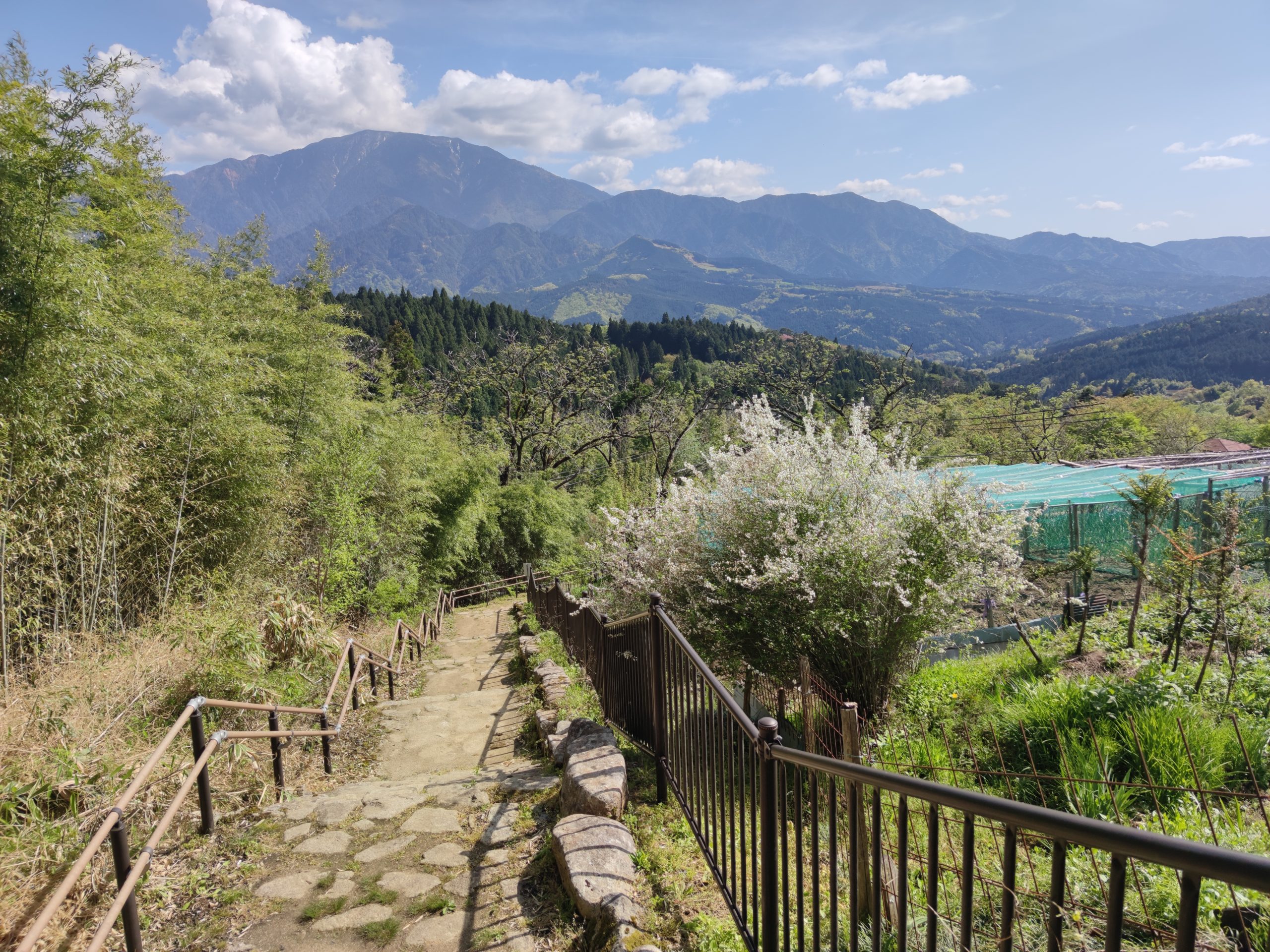
Go down the road and you will find Magome-juku. It was once a forgotten mountain village, but with the efforts of the locals, it has been revived as a new tourist destination. There is also a memorial hall for Toson Shimazaki, who was born there. He wrote a famous nobel “Before the Dawn” (Yoakemae).


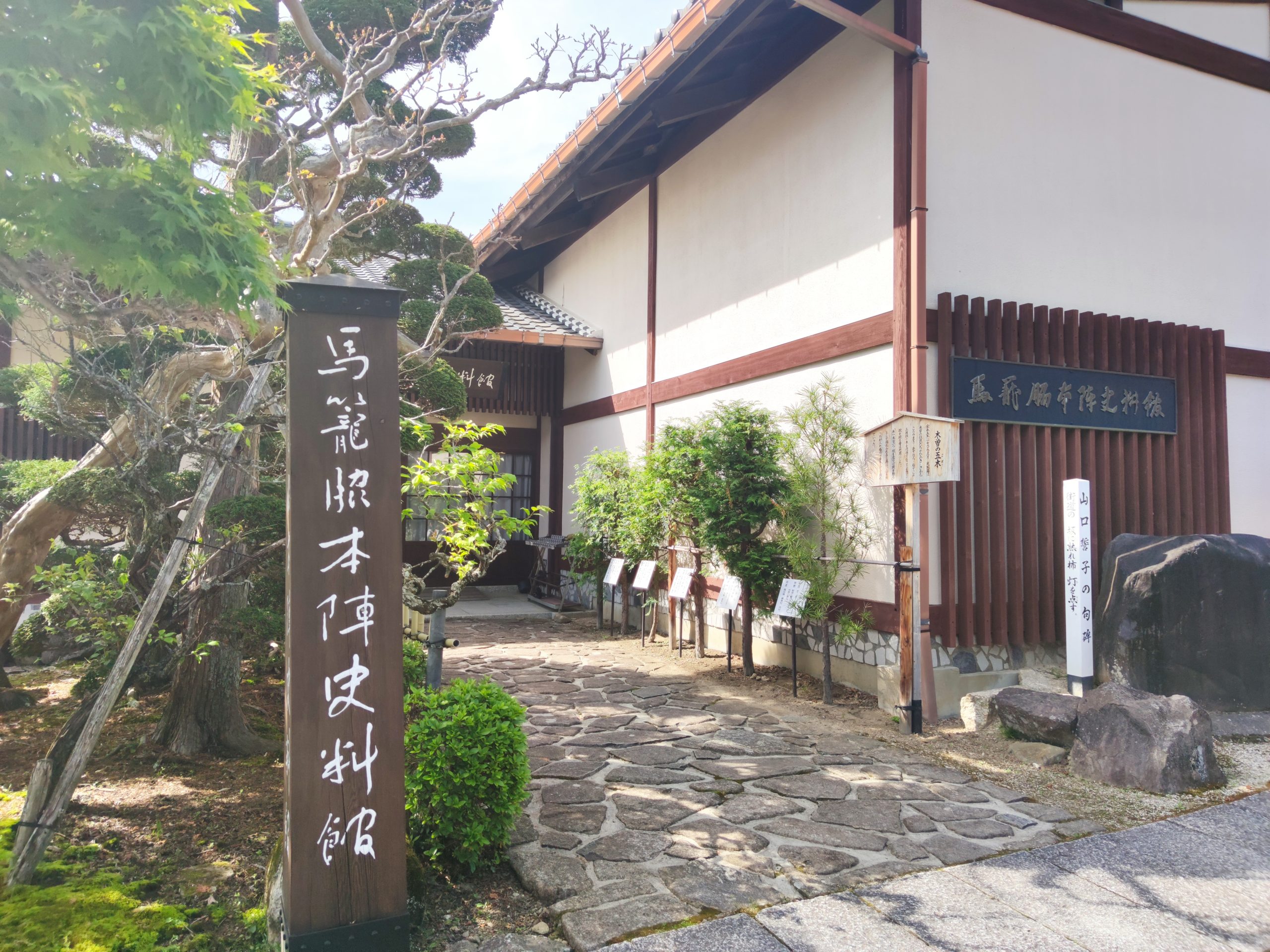
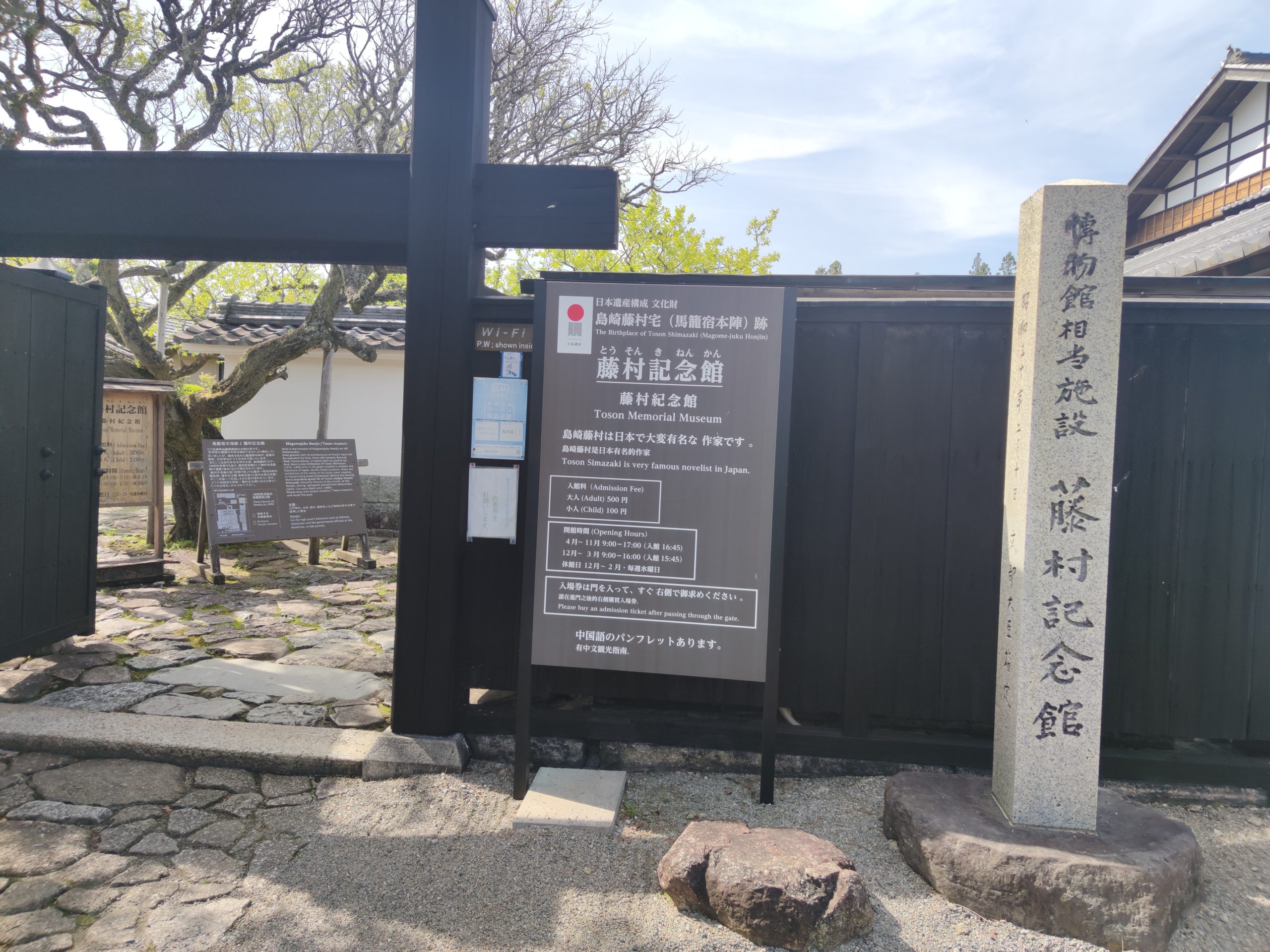
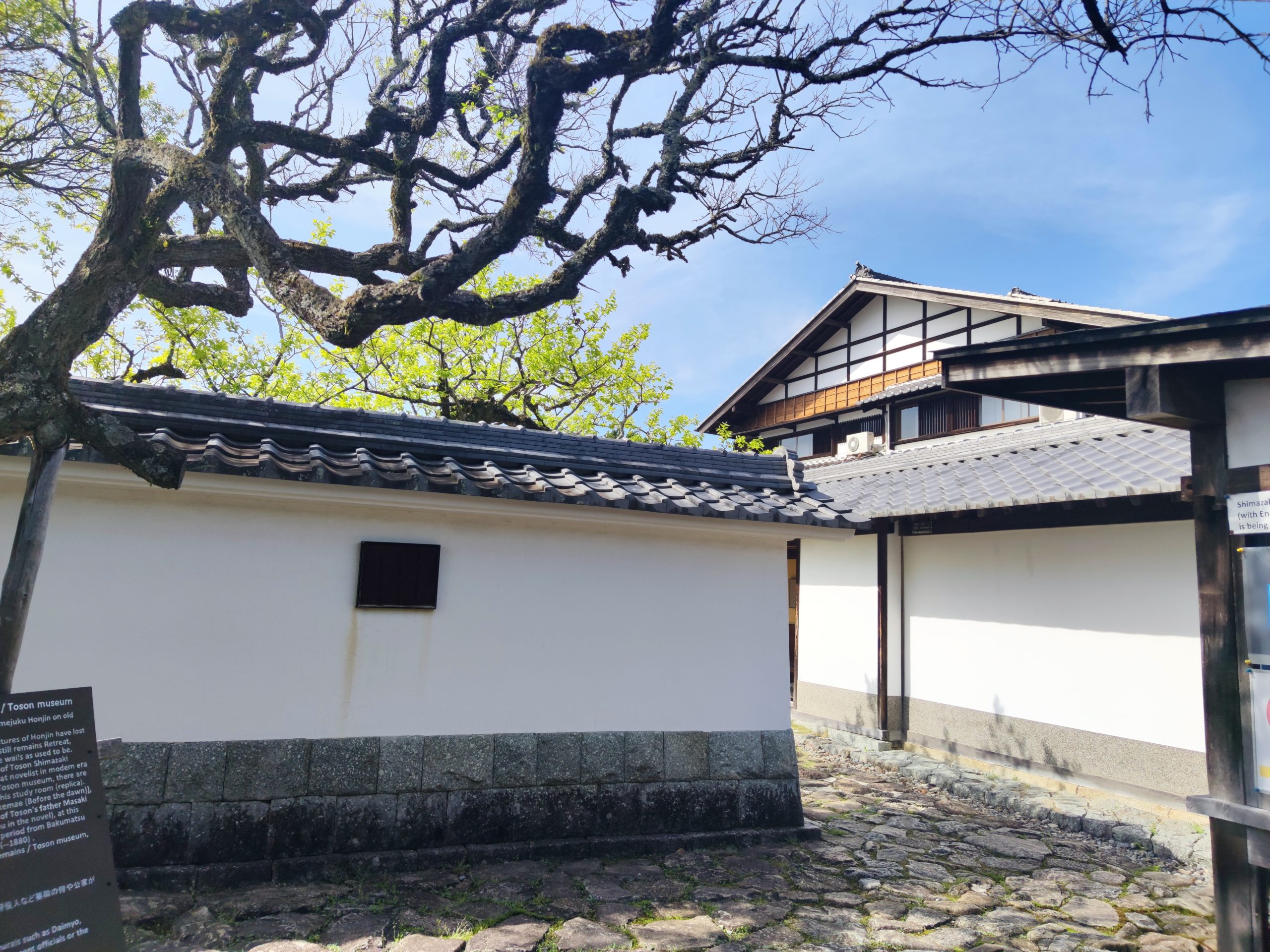
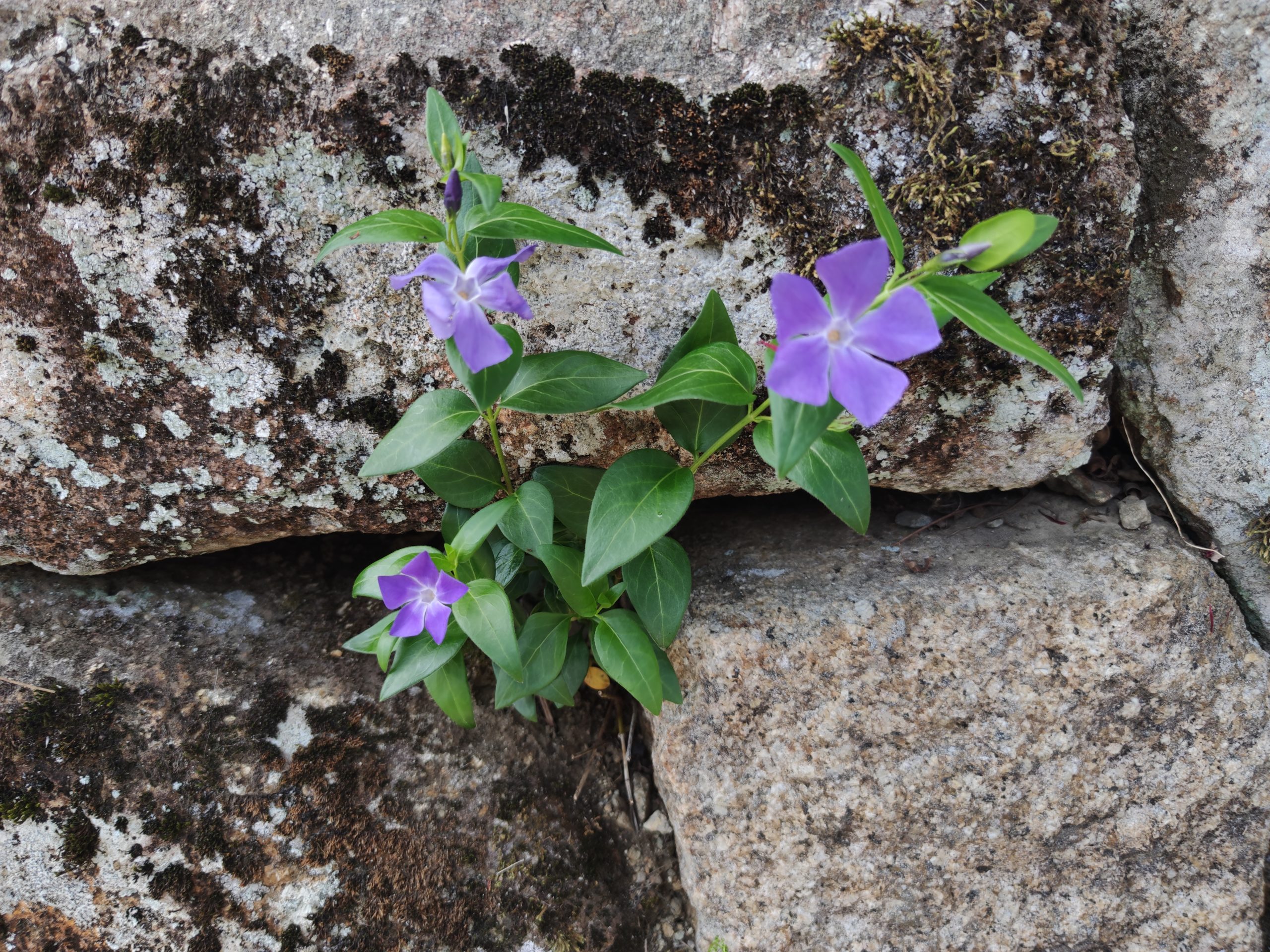
Meeting point
JR Nagoya Station, JR Nagiso Station and nearby places are the meeting places. Walking starts from Nagiso Station. On the way back, take the bus from Magome-juku to JR Nakatsugawa Station .
Course Time
This course starts from JR Nagiso Station and takes about 6 hours. It is a route where paved roads and loose mountain roads are mixed.
Lunch
We take an early lunch at Tsumago-juku after one-hour walk from Nagiso Station. There are also many restaurants in Magome-juku, and a few between Tsumago-juku and Magome-juku.
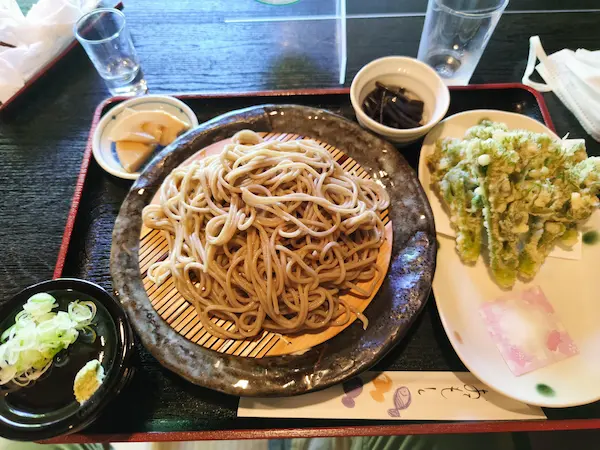
Toilet
There are public toilets here and there along the way.
What to bring and what to wear
It is not a city walk, so hiking clothing is recommended. Hiking shoes or sneakers are good.
Best time
It can be visited all year round, but it is best to avoid it during the hot summer months and when there is snowfall. Early spring to early summer, and late autumn are probably best.
If you are interested in this course, please contact us from here.